Are you tired of slow internet speeds and unreliable connections? It might be time to consider upgrading to a fiber optic network. Fiber optic technology is revolutionizing the way we connect to the internet, offering faster speeds and more reliable connections than traditional copper cables.
Fiber optic cables are made of thin strands of glass or plastic that transmit data using light pulses. These cables are capable of carrying large amounts of data over long distances, making them ideal for high-speed internet connections. In fact, fiber optic cables can transmit data at speeds of up to 100 gigabits per second, far surpassing the capabilities of traditional copper cables.
One of the key components of a fiber optic network is the fiber optic connector. These connectors are used to join individual fiber optic cables together, allowing for seamless data transmission. There are several different types of fiber optic connectors available, each with its own unique features and benefits.
In addition to connectors, fiber optic routers and switches are essential for creating a fiber optic network. These devices are used to route data packets between different devices on the network, ensuring that information is transmitted quickly and efficiently. Fiber optic routers and switches are designed to handle the high bandwidth demands of fiber optic networks, making them essential for maintaining fast and reliable connections.
Fiber optic transceivers are another important component of a fiber optic network. These devices are used to convert electrical signals into optical signals, allowing data to be transmitted over fiber optic cables. Transceivers come in a variety of form factors and can support different types of optical interfaces, making them versatile and adaptable to a wide range of network configurations.
To expand the reach of a fiber optic network, fiber optic splitters can be used to divide a single optical signal into multiple signals, allowing for connections to multiple devices. These splitters are essential for creating complex network topologies and ensuring that data can be efficiently distributed throughout the network.
When it comes to installing a fiber optic network, having the right tools and equipment is crucial. Fiber optic installation kits contain all the necessary tools and materials for installing and maintaining fiber optic cables, connectors, and other components. These kits typically include items such as cable cutters, strippers, cleavers, fusion splicers, and cleaning supplies, ensuring that installers have everything they need to complete the job efficiently and effectively.
Once the physical components of the network are in place, fiber optic patch panels can be used to organize and manage the connections between different devices and cables. Patch panels provide a central location for connecting and disconnecting individual fibers, making it easy to troubleshoot and reconfigure the network as needed.
For outdoor applications, outdoor fiber optic cables are designed to withstand harsh environmental conditions such as extreme temperatures, moisture, and UV exposure. These cables are essential for extending fiber optic networks to outdoor locations such as office buildings, industrial facilities, and residential neighborhoods.
Finally, for those looking to bring the benefits of fiber optic technology into their homes, fiber optic home networking solutions offer a convenient and efficient way to upgrade residential internet connections. With fiber optic home networking, homeowners can enjoy faster internet speeds, more reliable connections, and support for a wide range of connected devices.
In conclusion, building a fiber optic network requires careful consideration of the various components and equipment needed to create a fast, reliable, and efficient infrastructure. From cables and connectors to routers and switches, each component plays a crucial role in ensuring that data can be transmitted quickly and securely. With the right tools and equipment, installing a fiber optic network can be a straightforward and rewarding endeavor, offering significant improvements in internet speed and reliability for both residential and commercial applications.



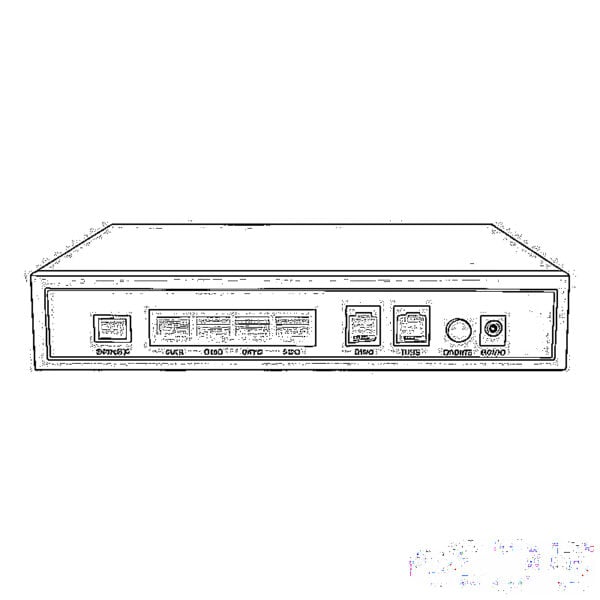
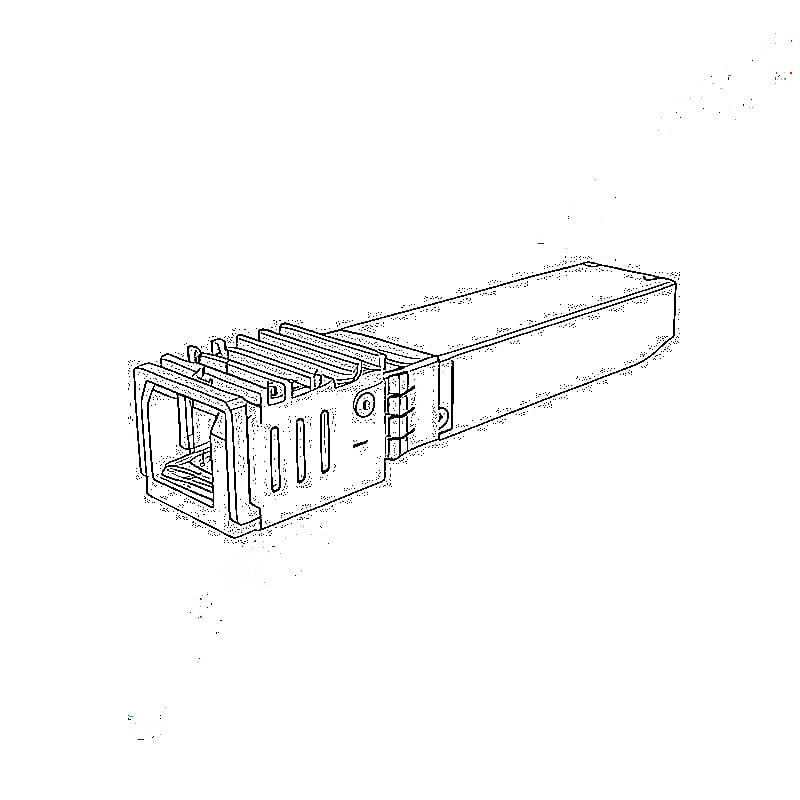
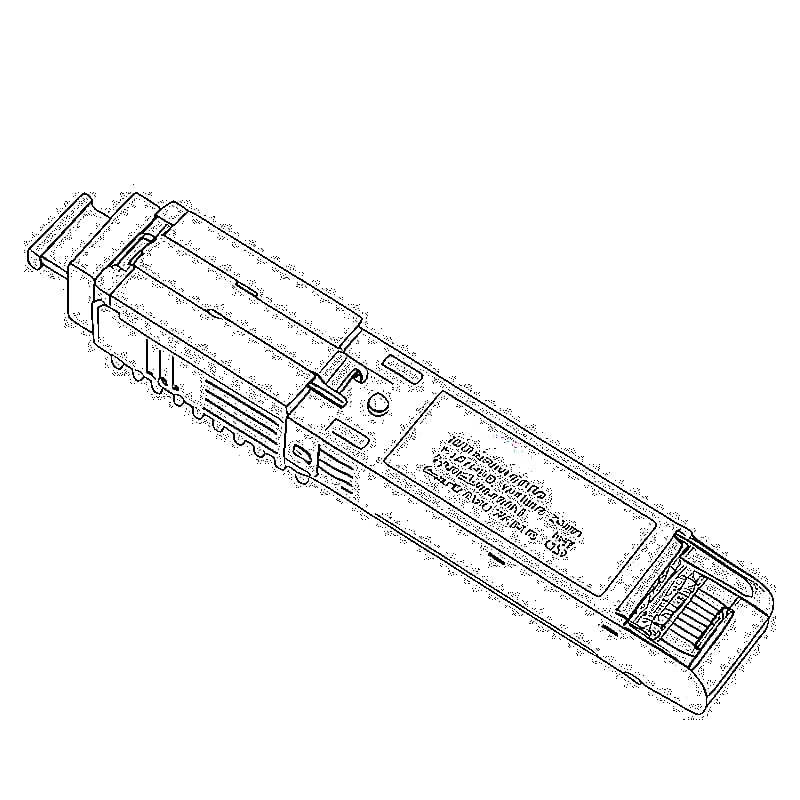
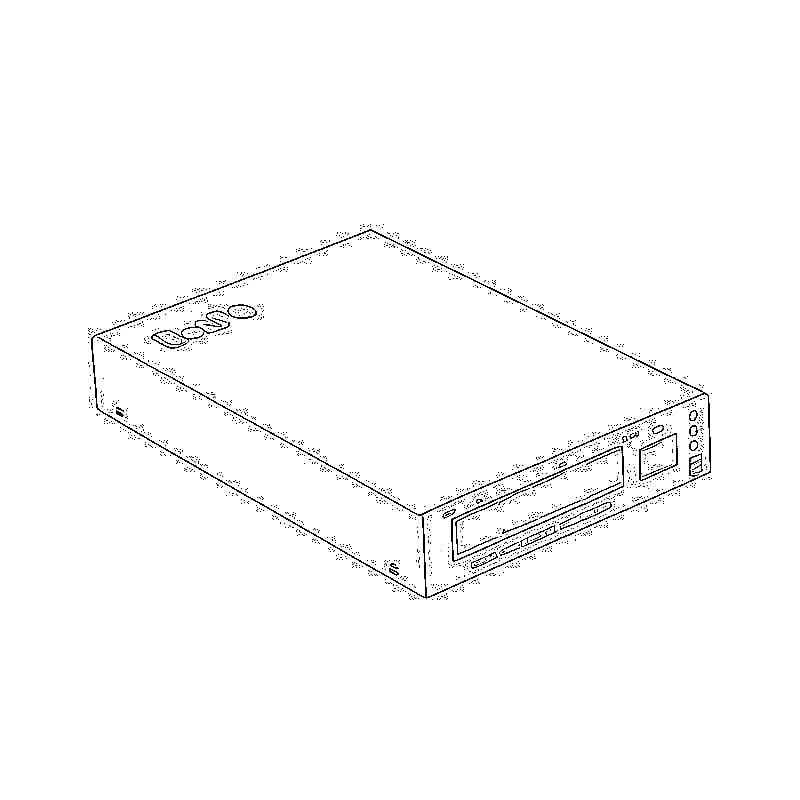
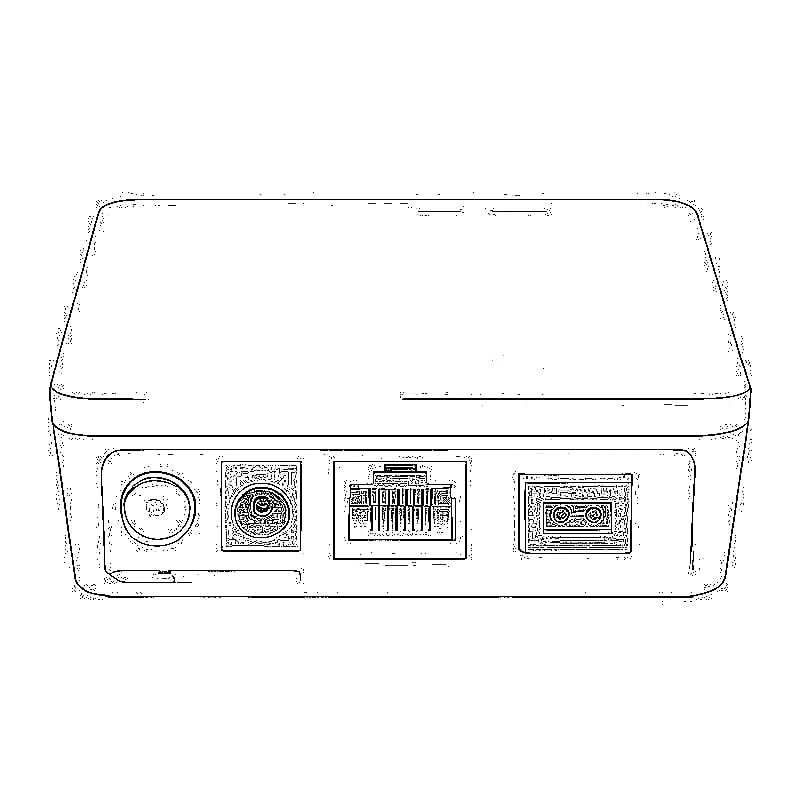
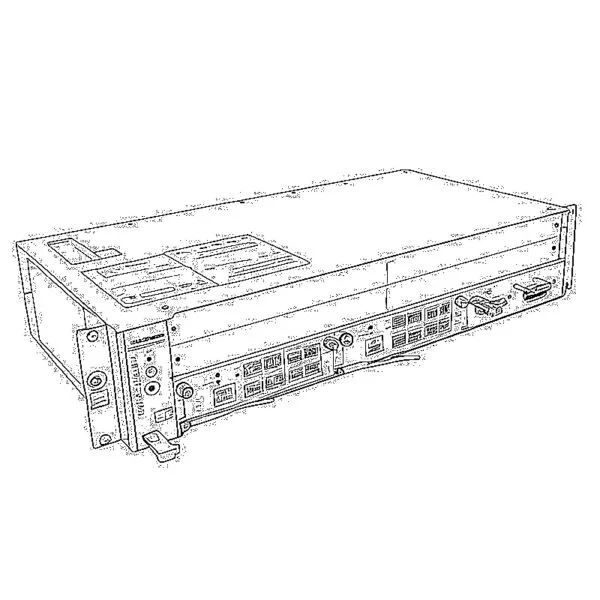
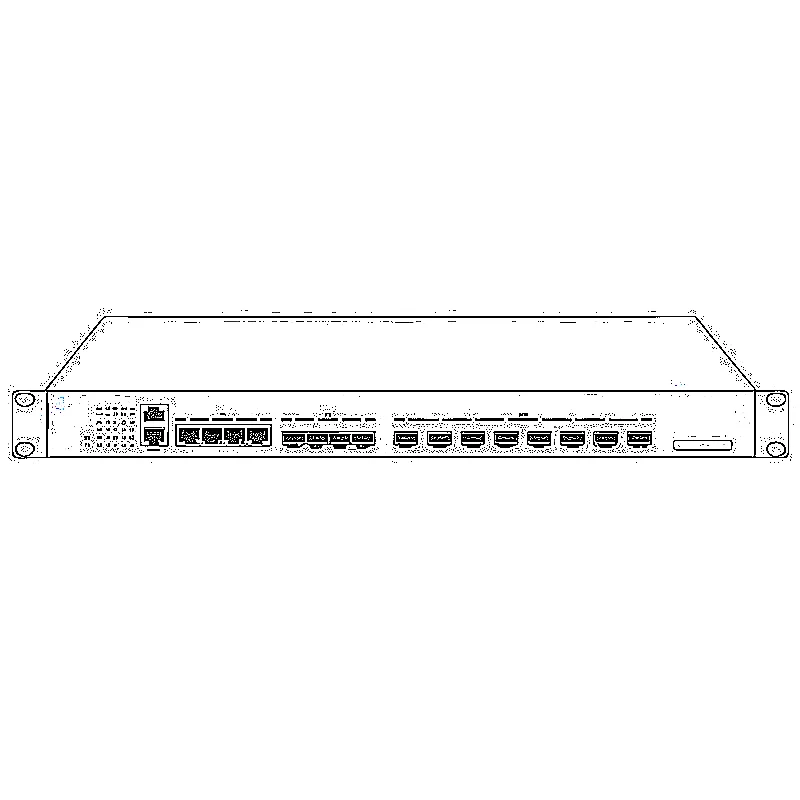
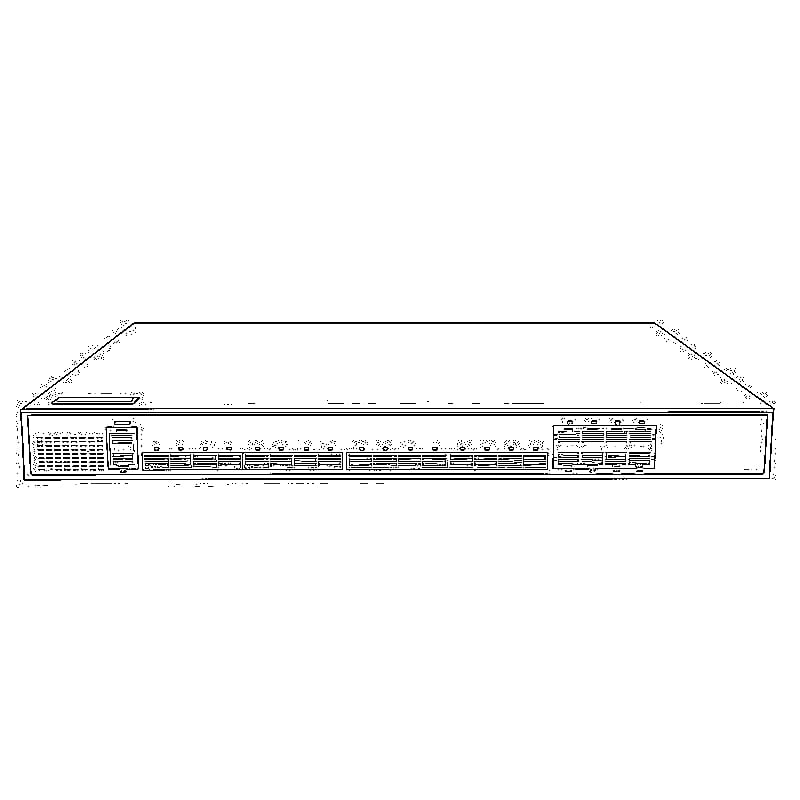
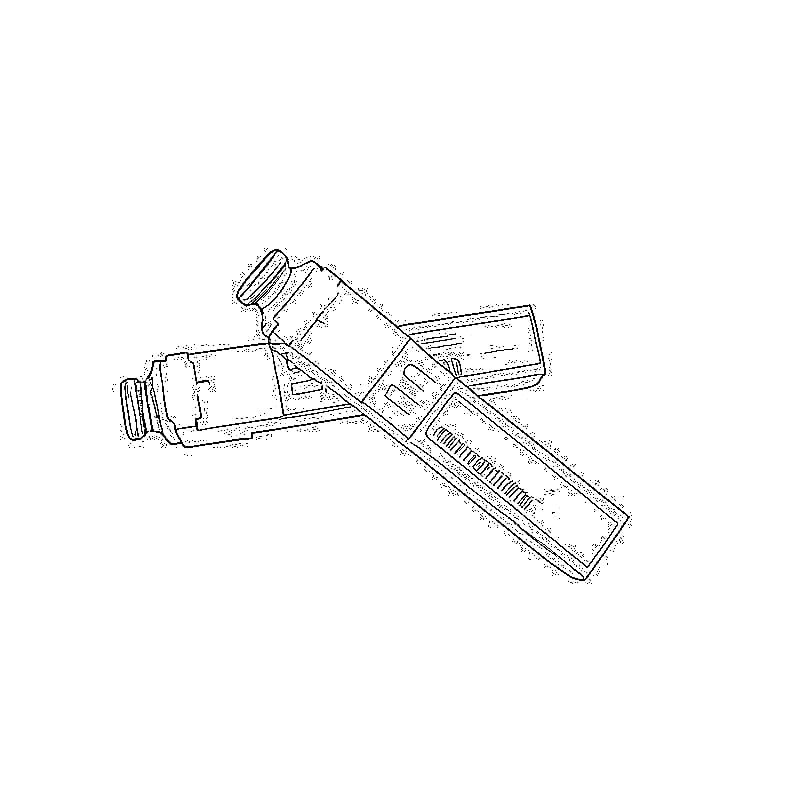
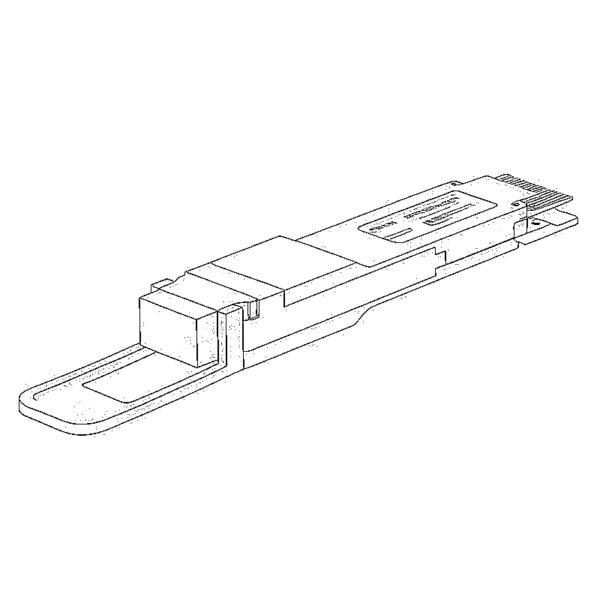
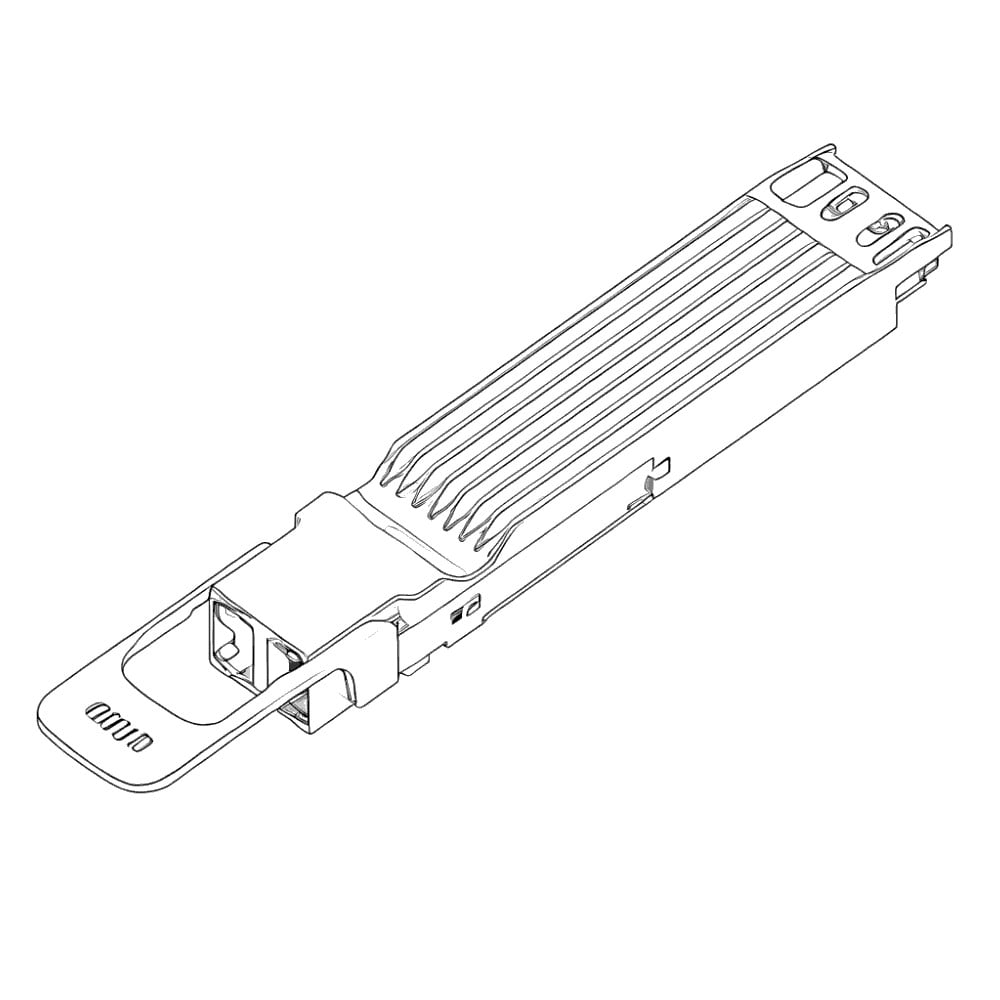
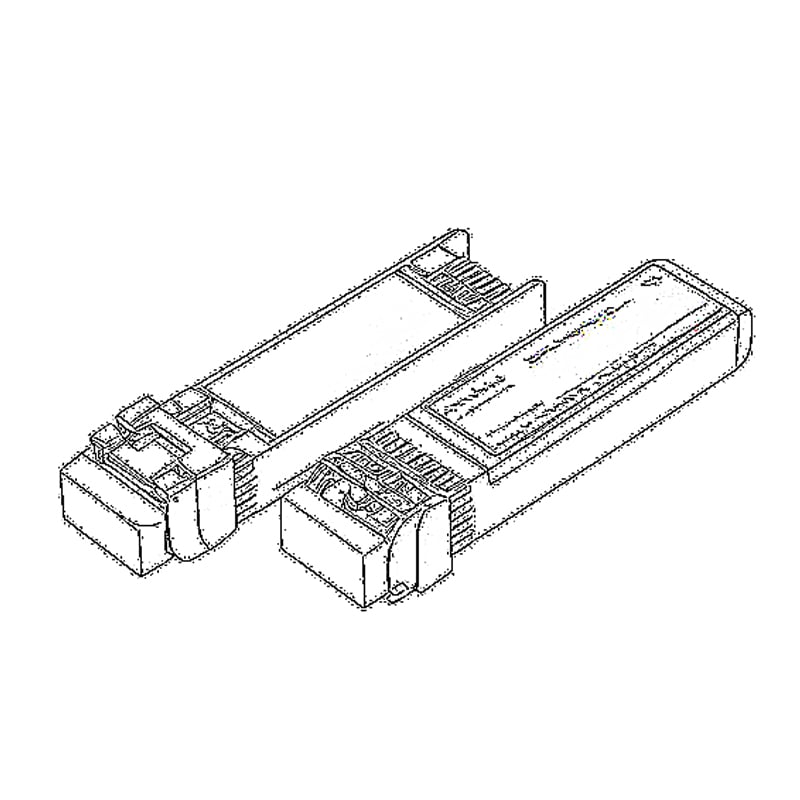
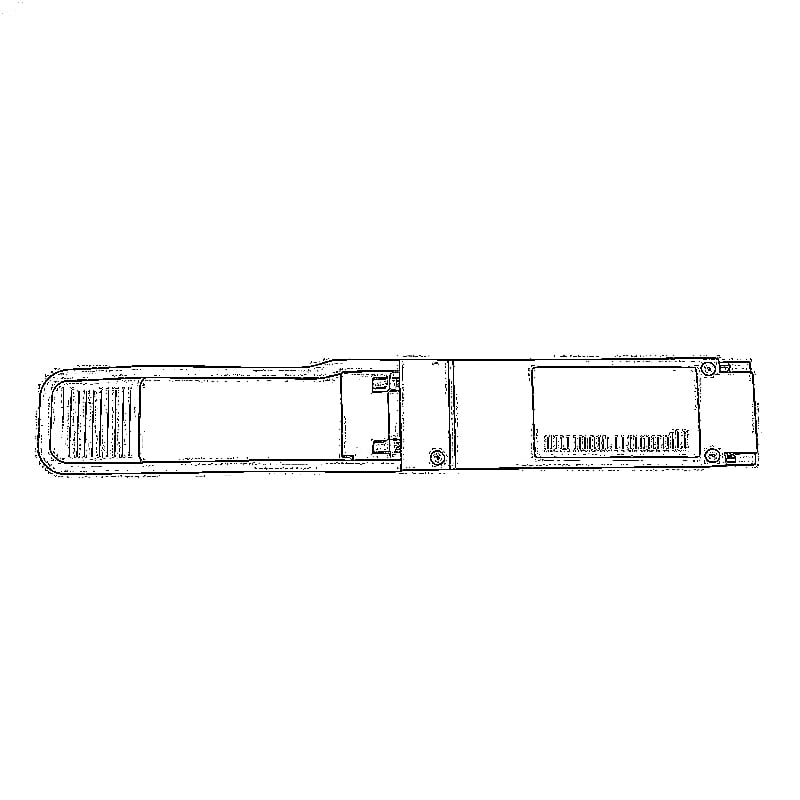
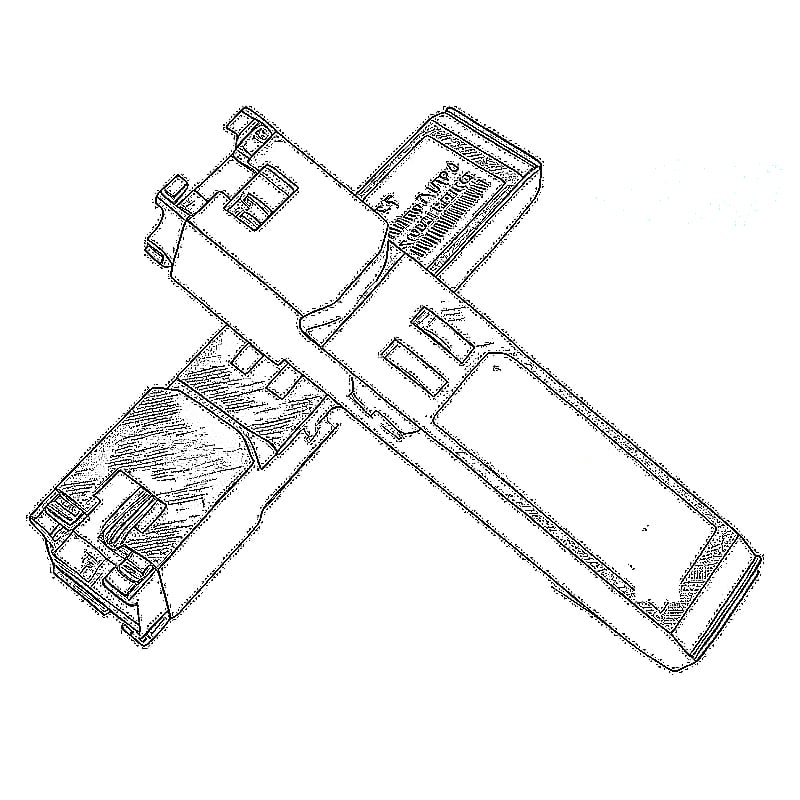
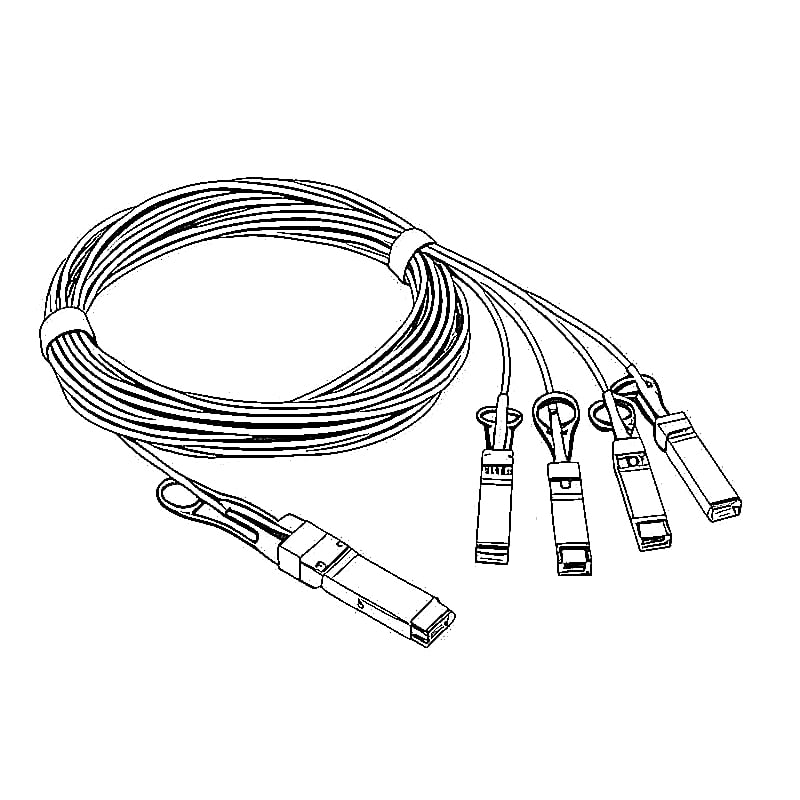
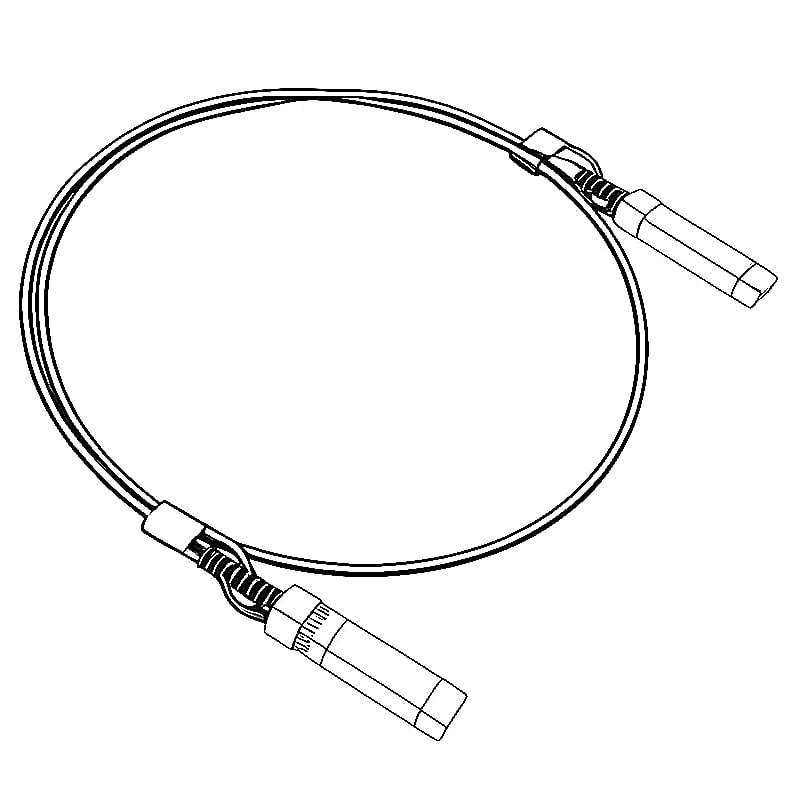
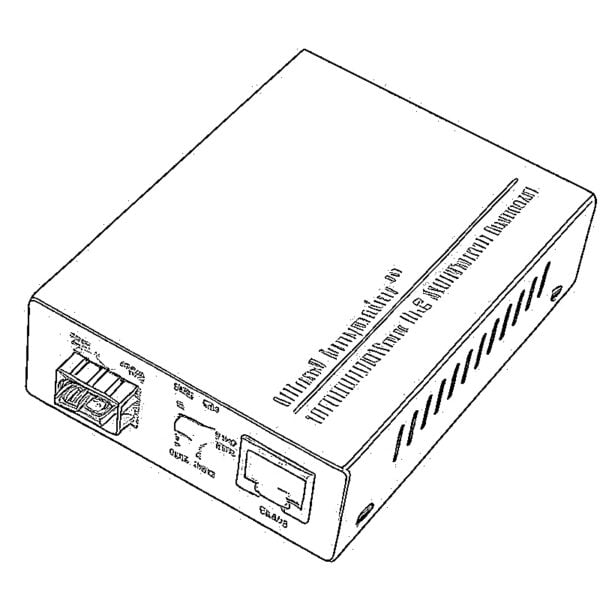
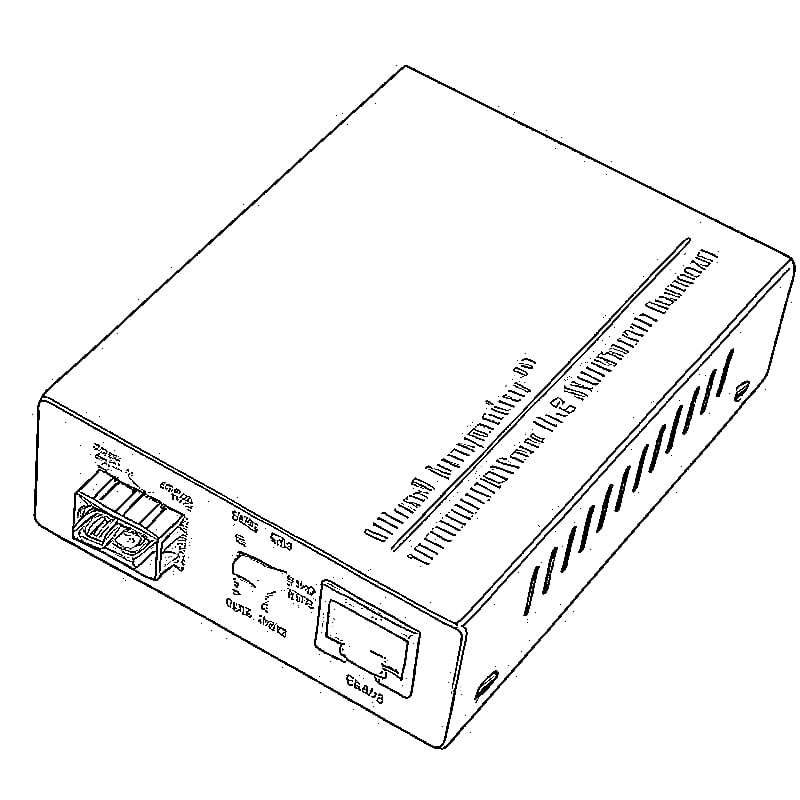
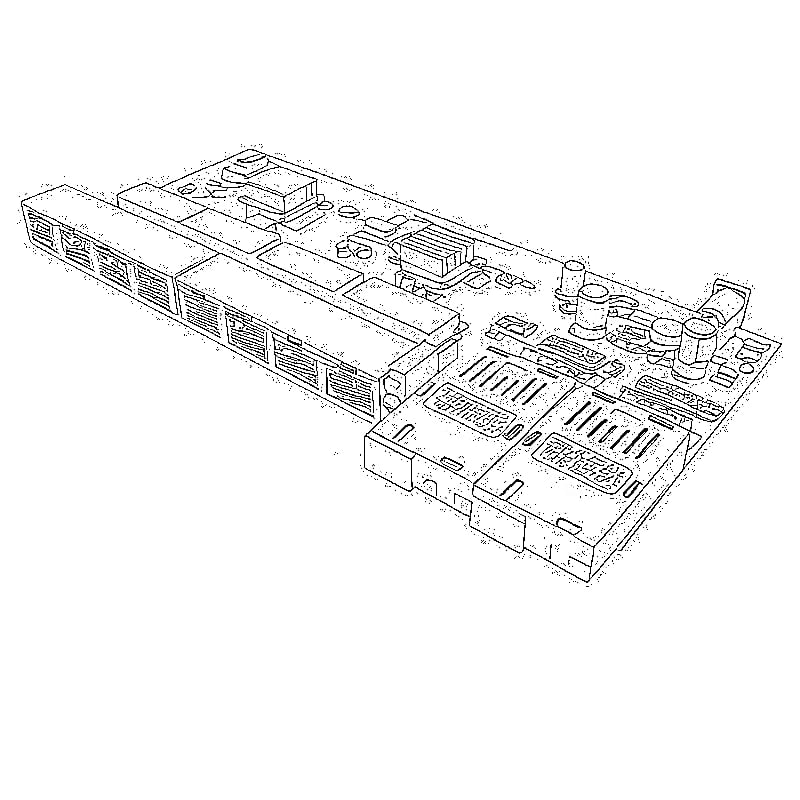
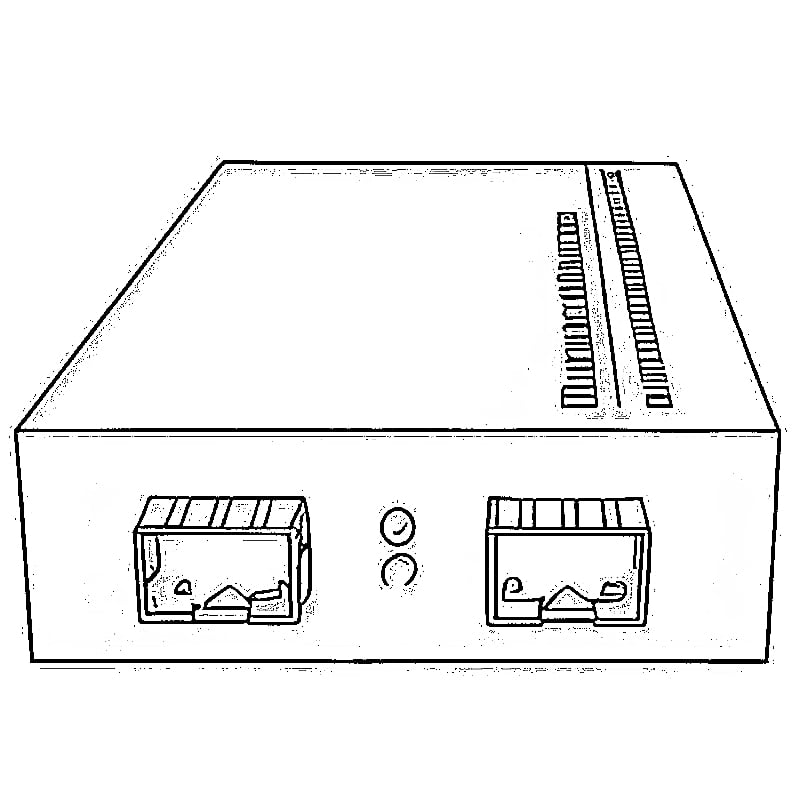
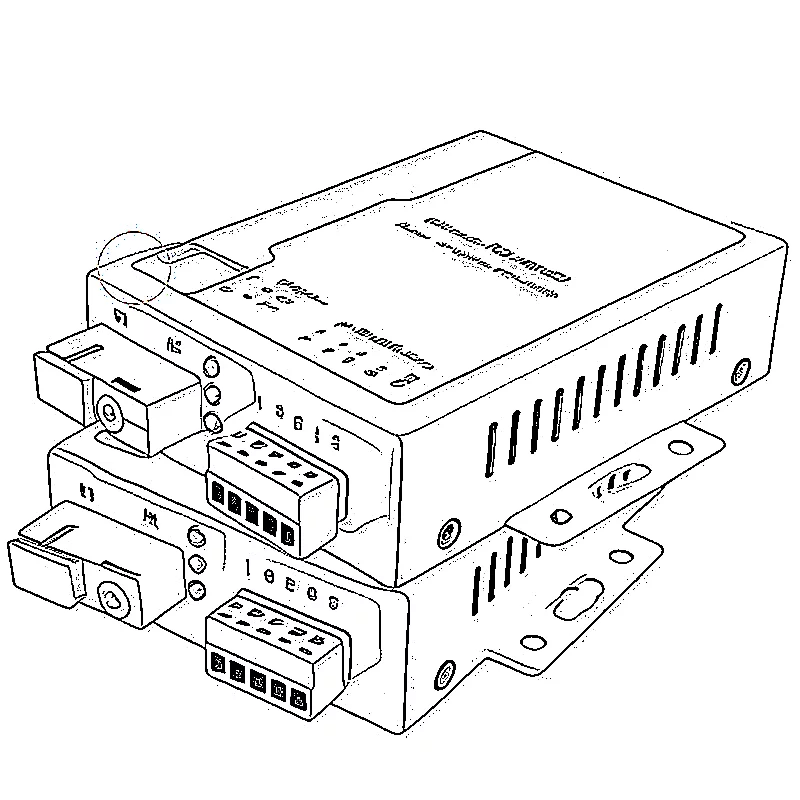
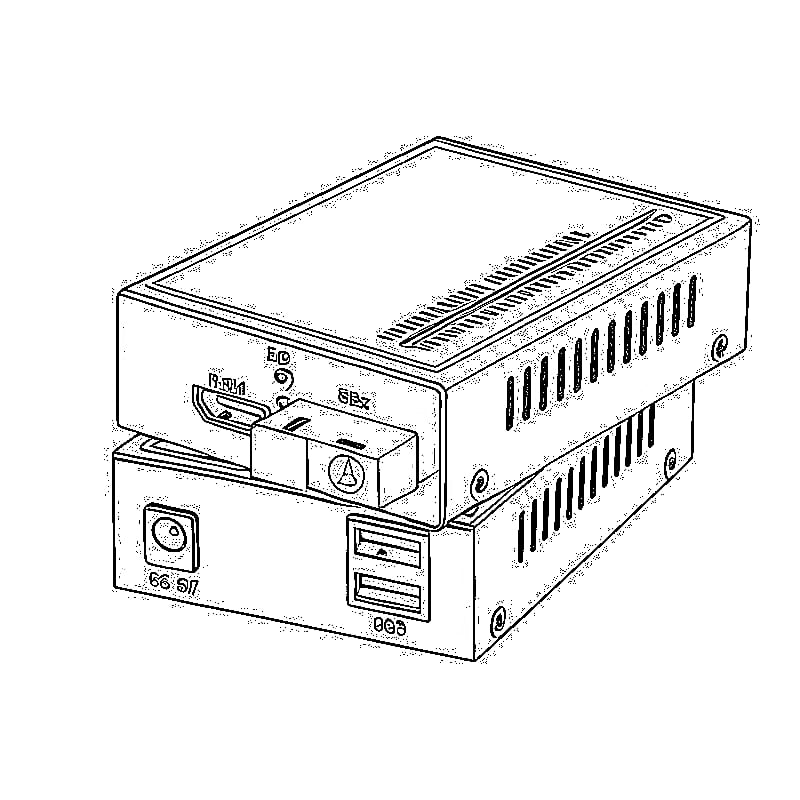

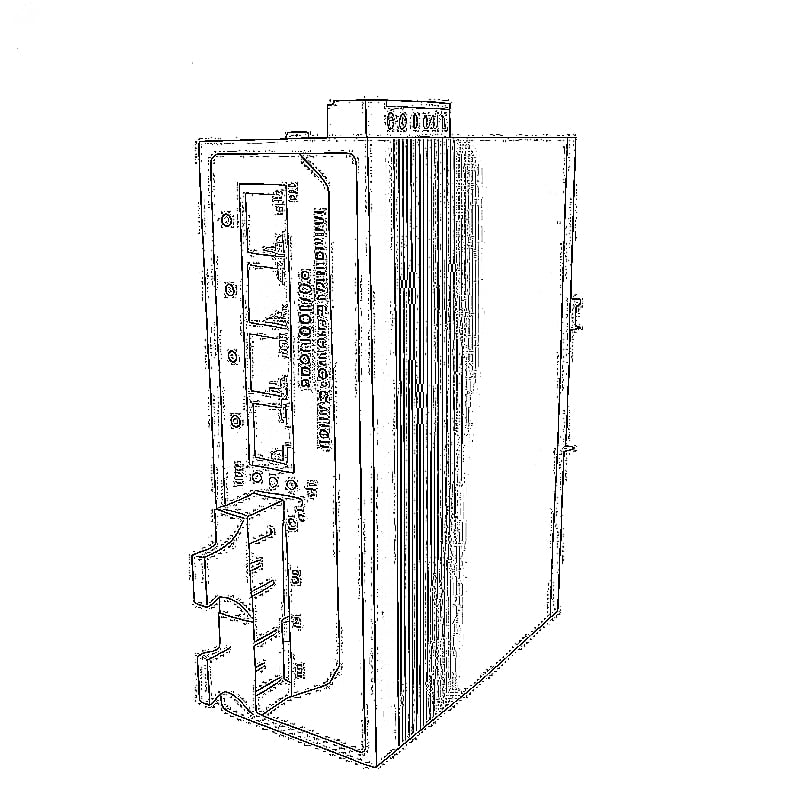
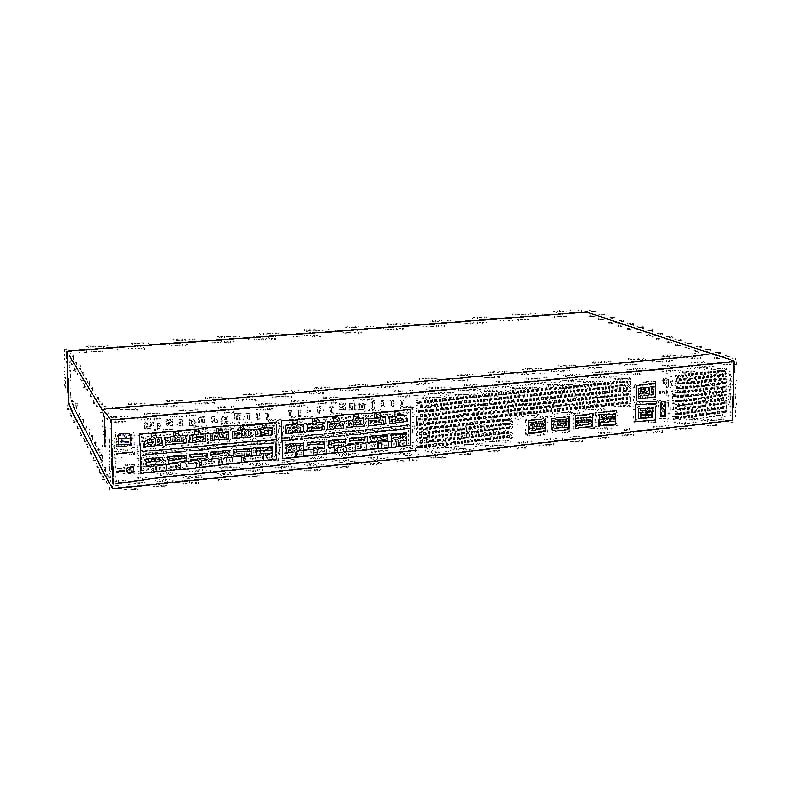
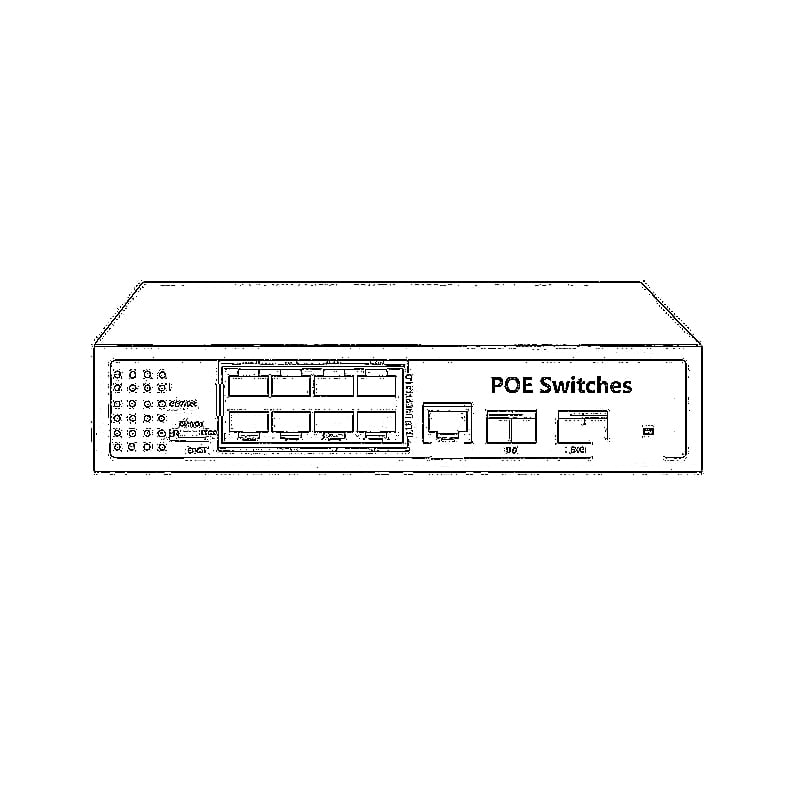
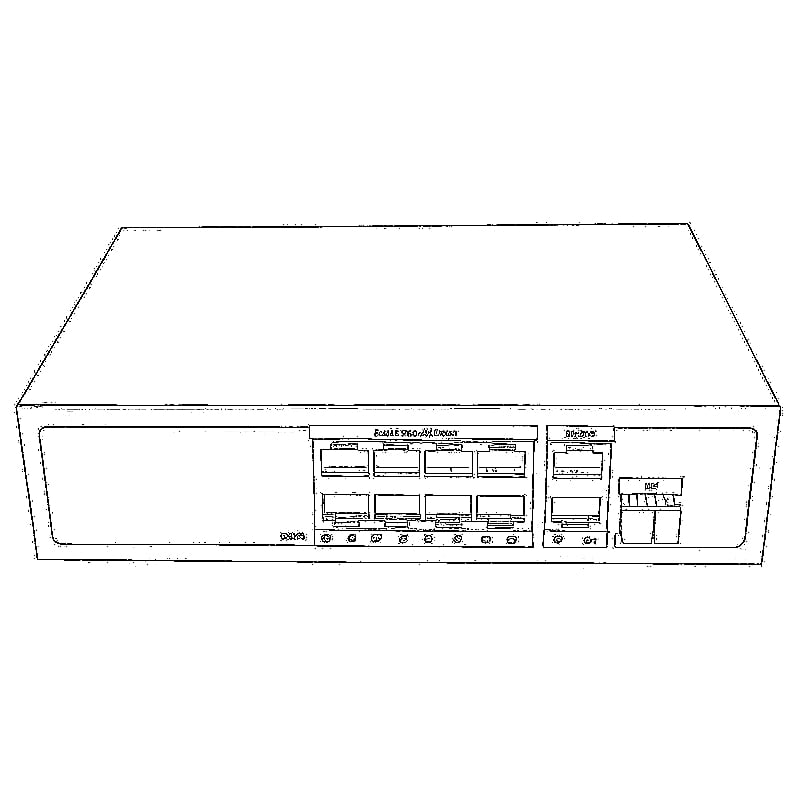
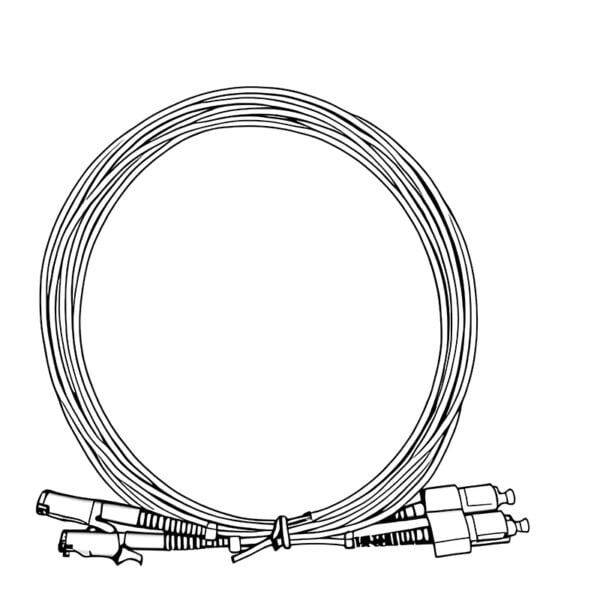
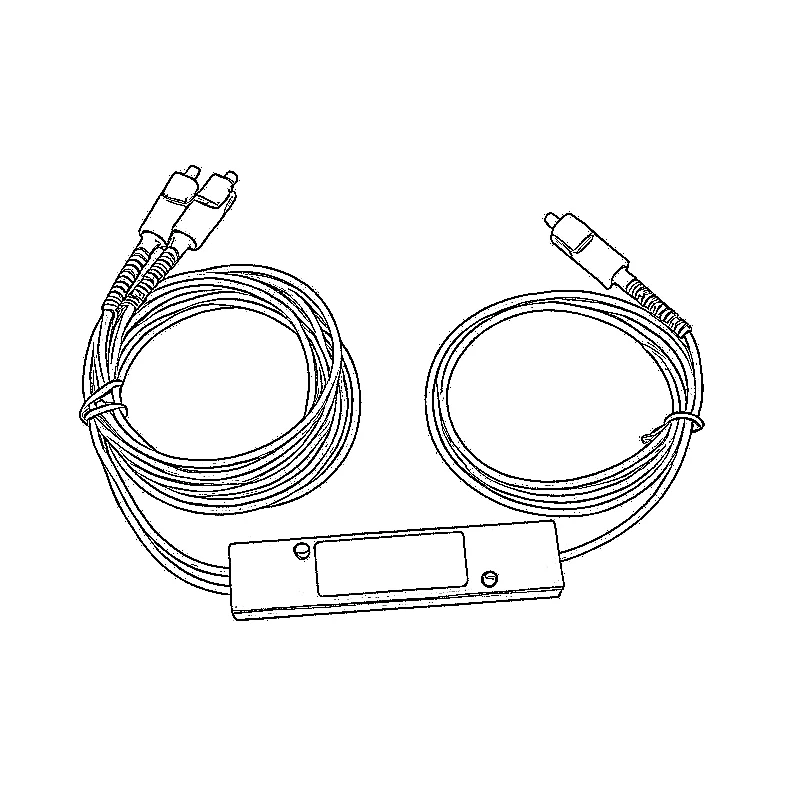
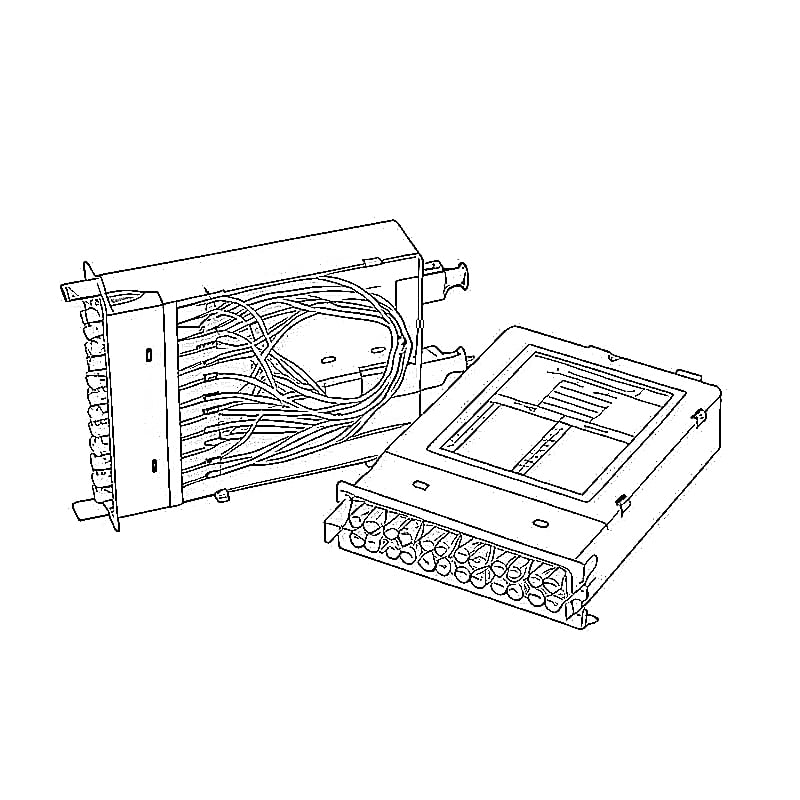
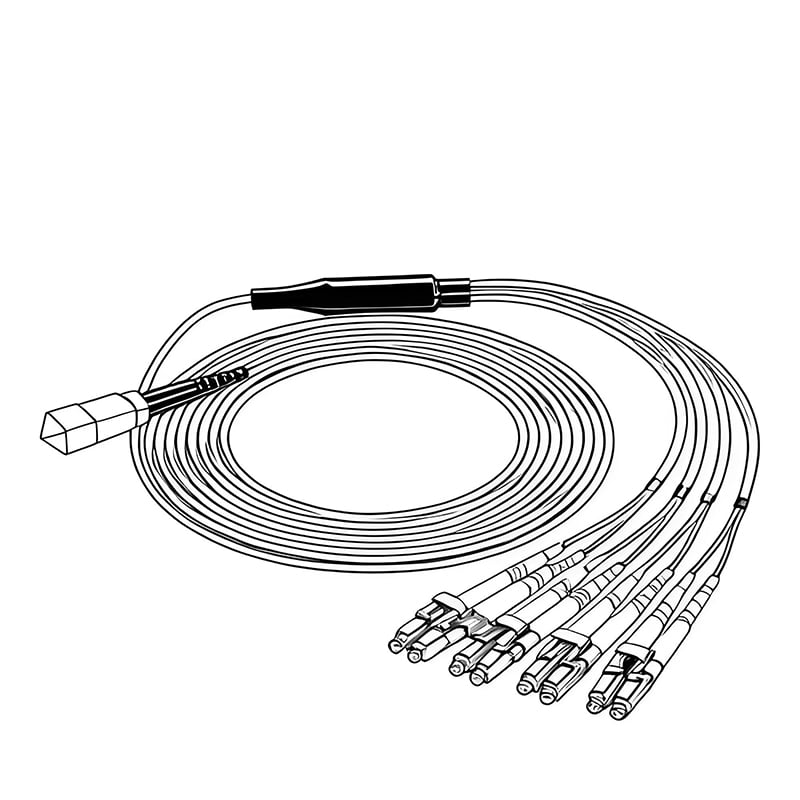
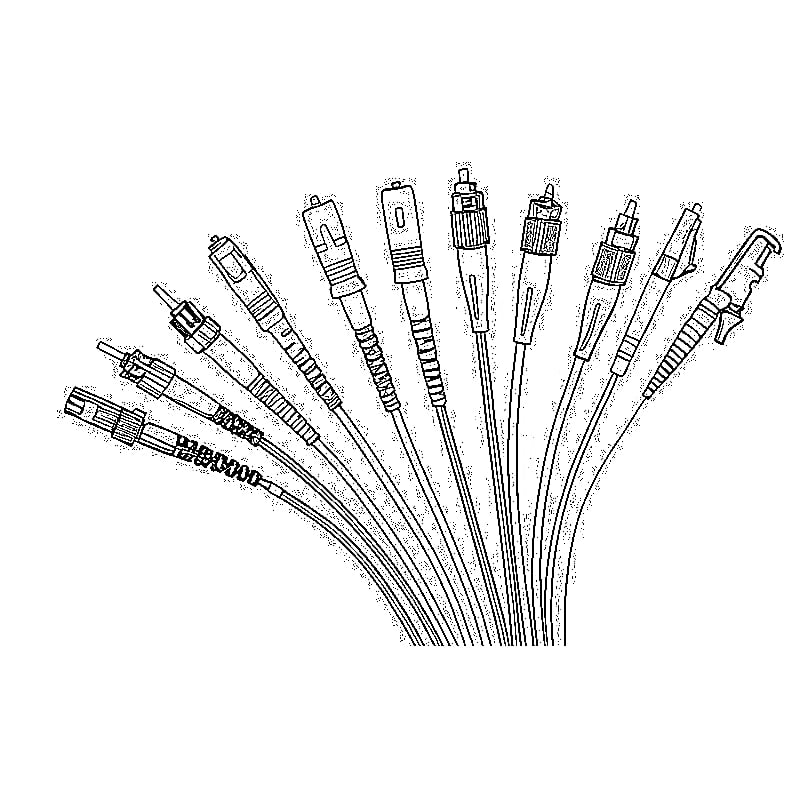
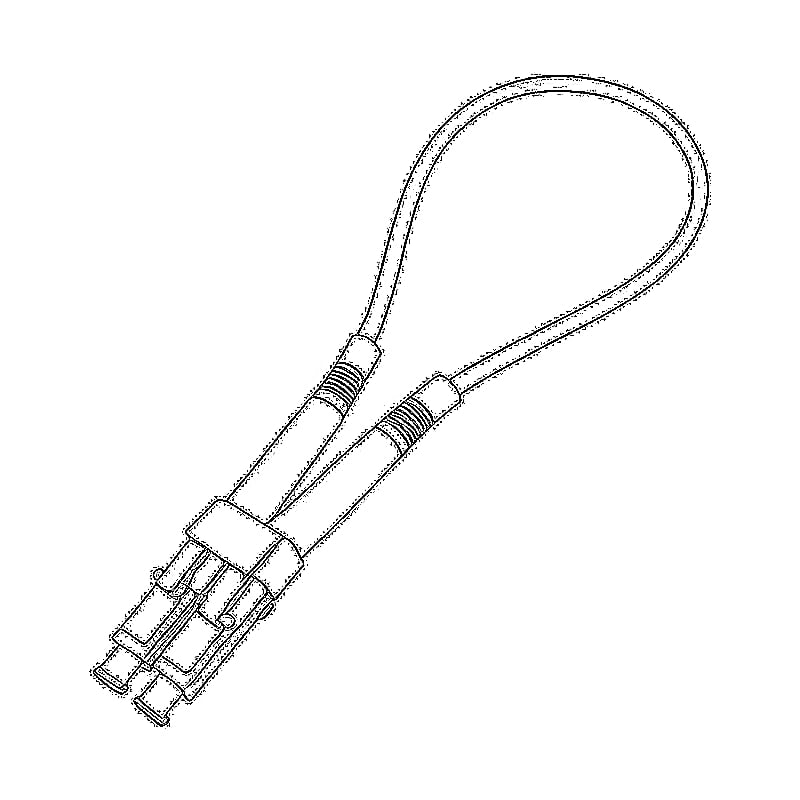
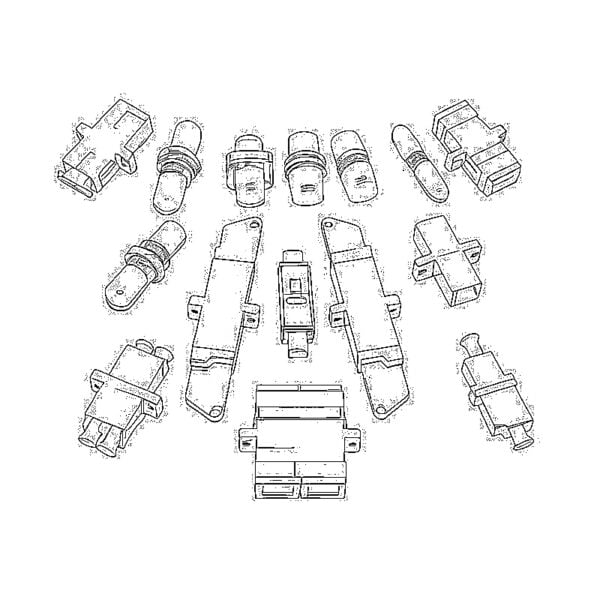
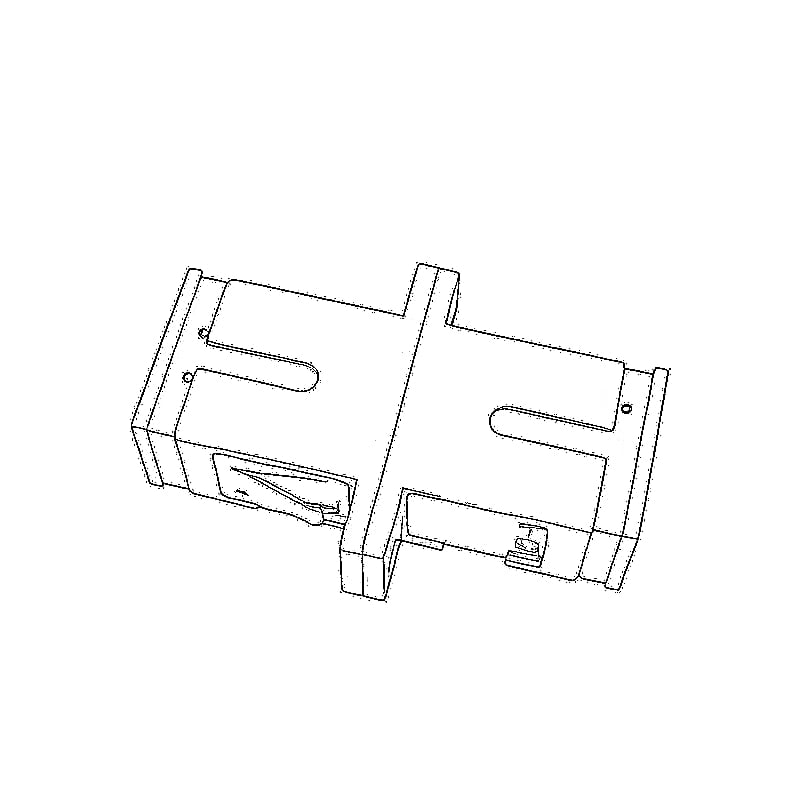
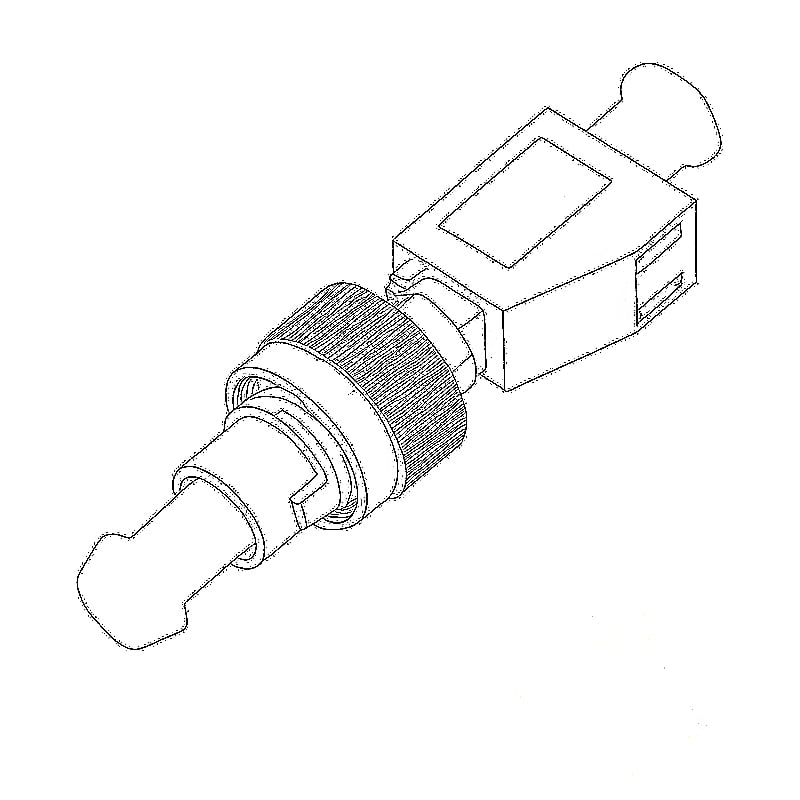
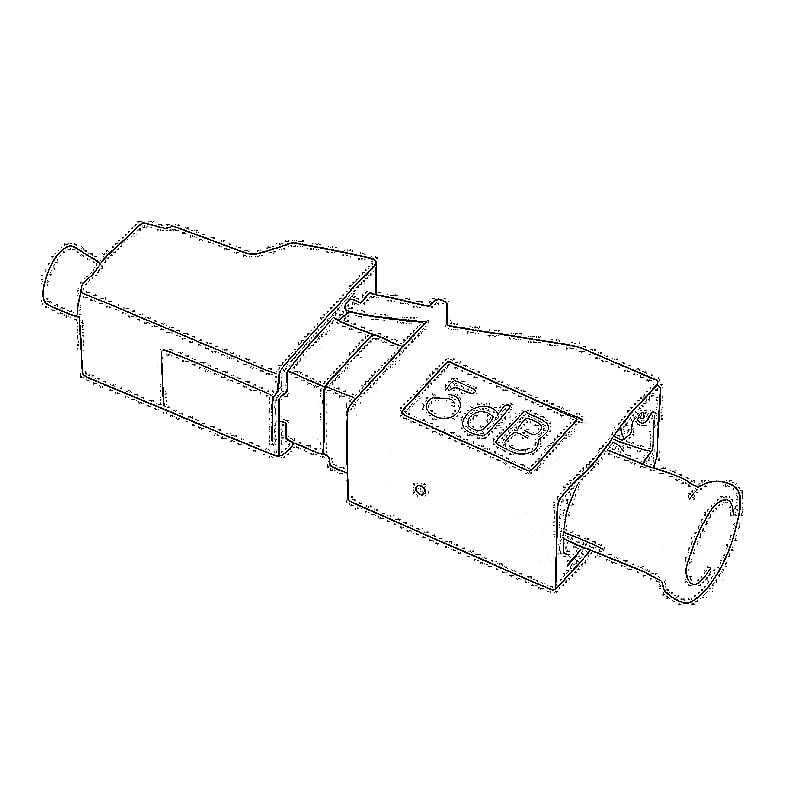
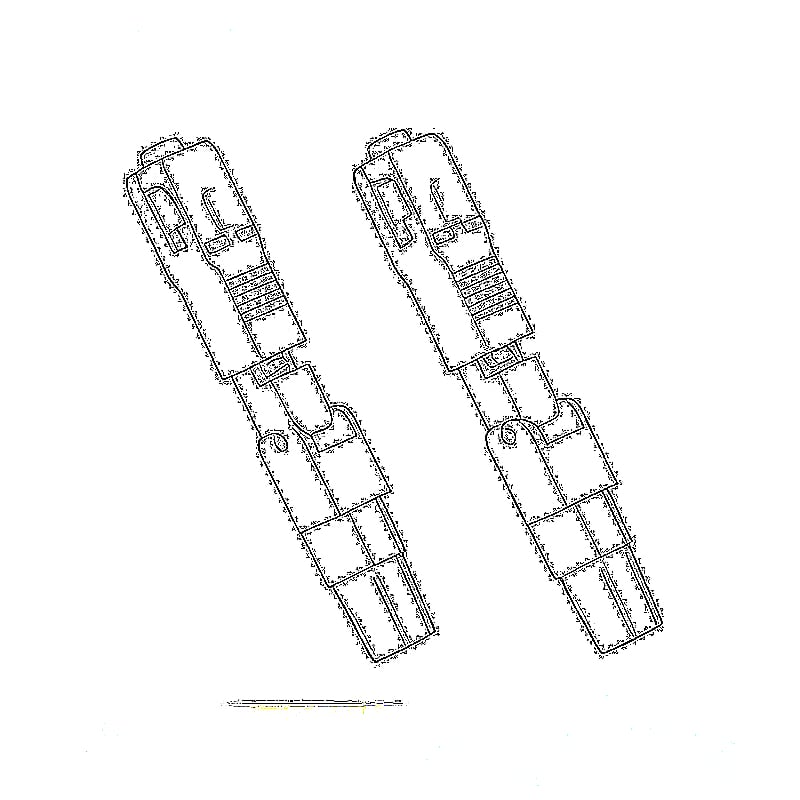
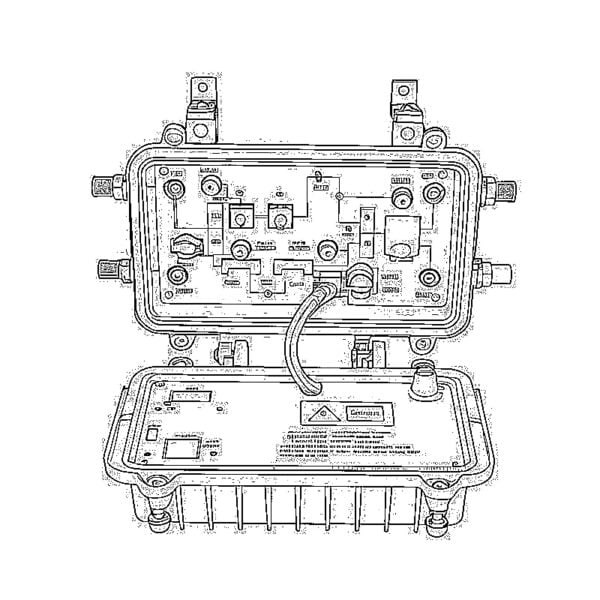
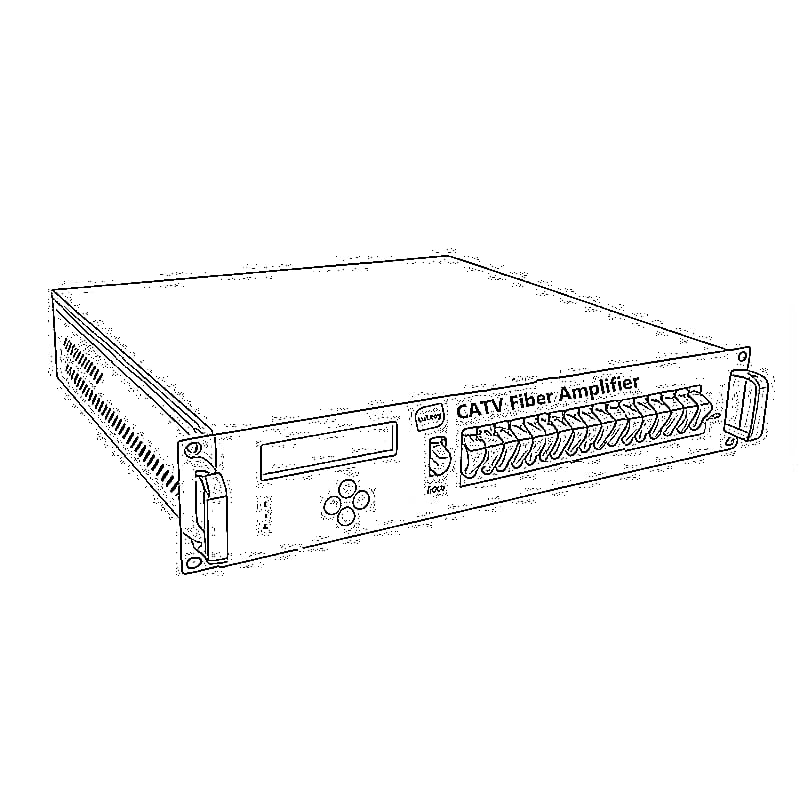
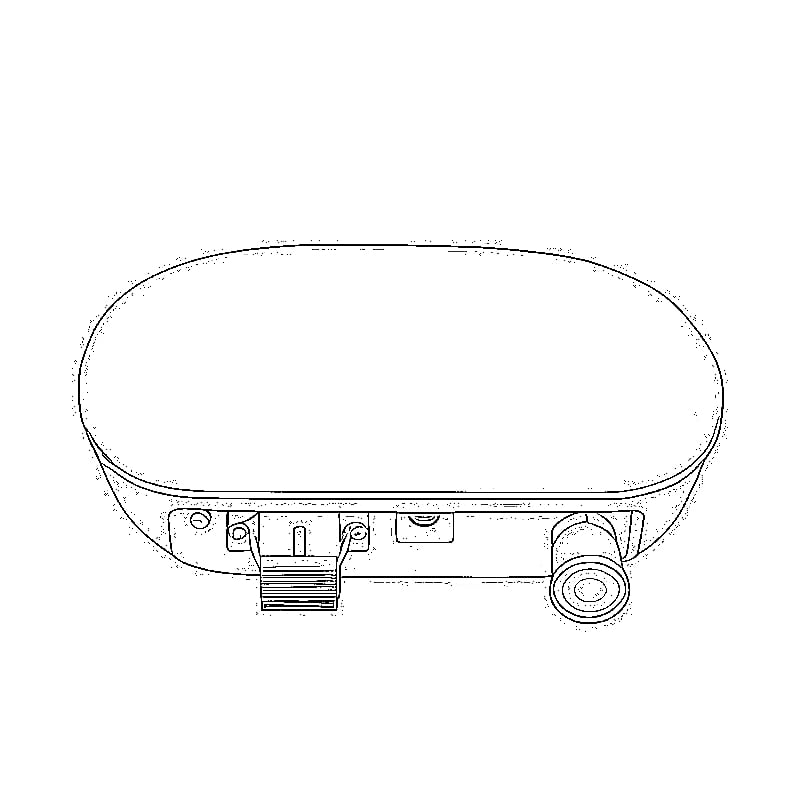
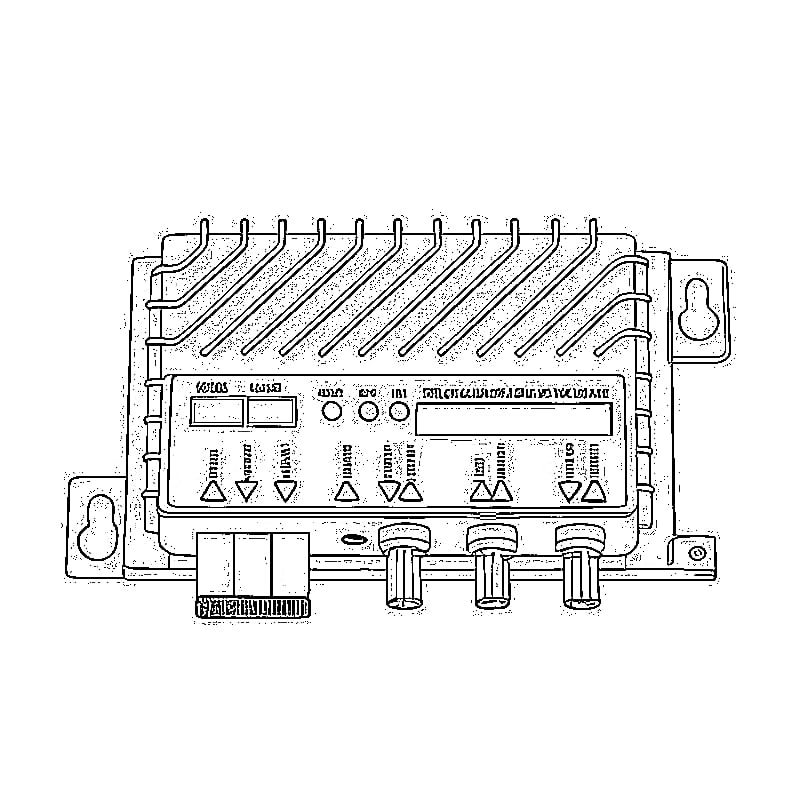

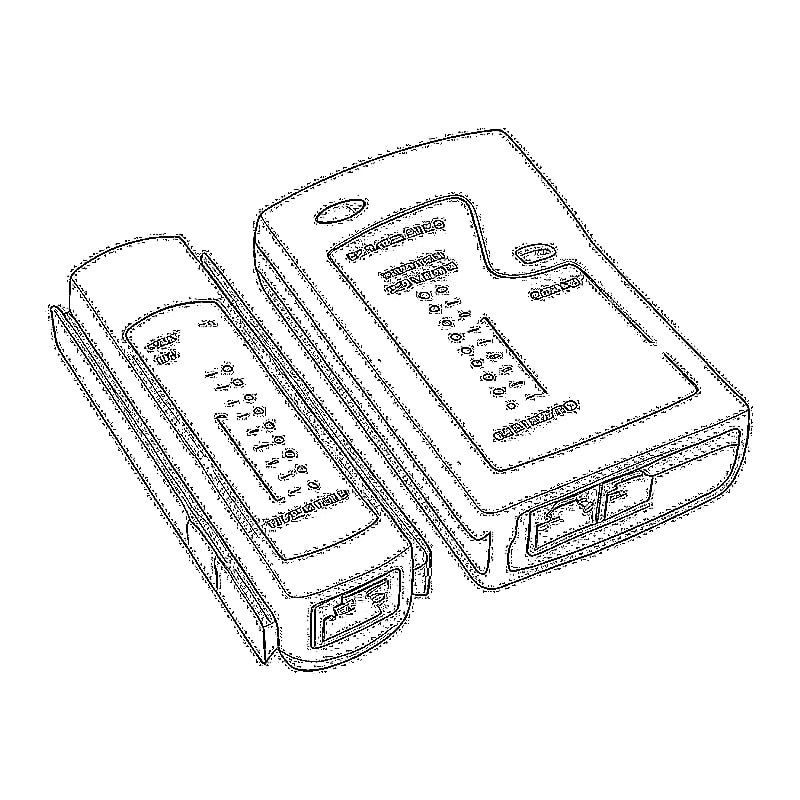
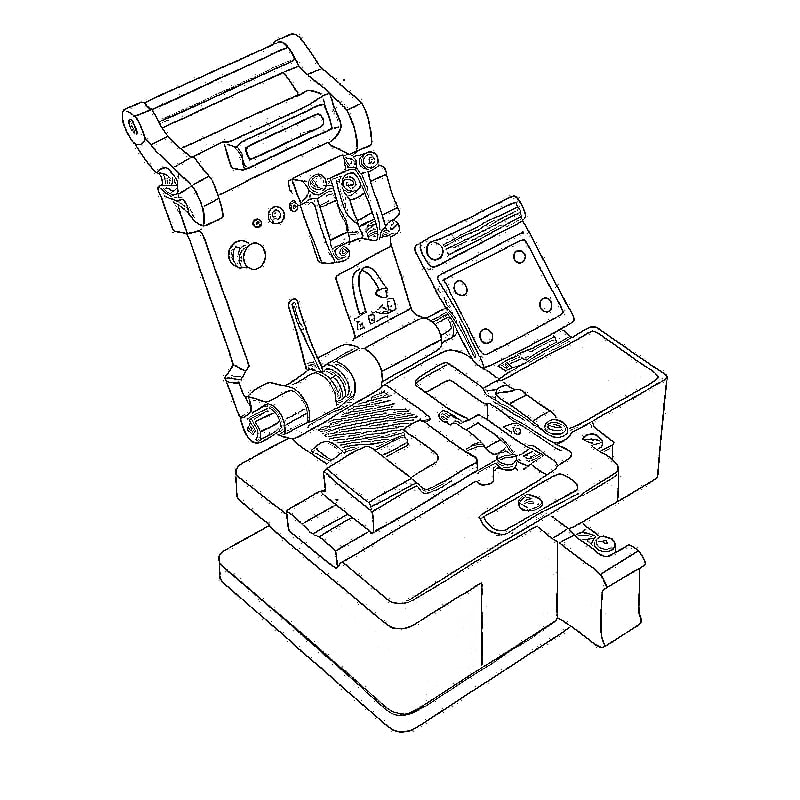
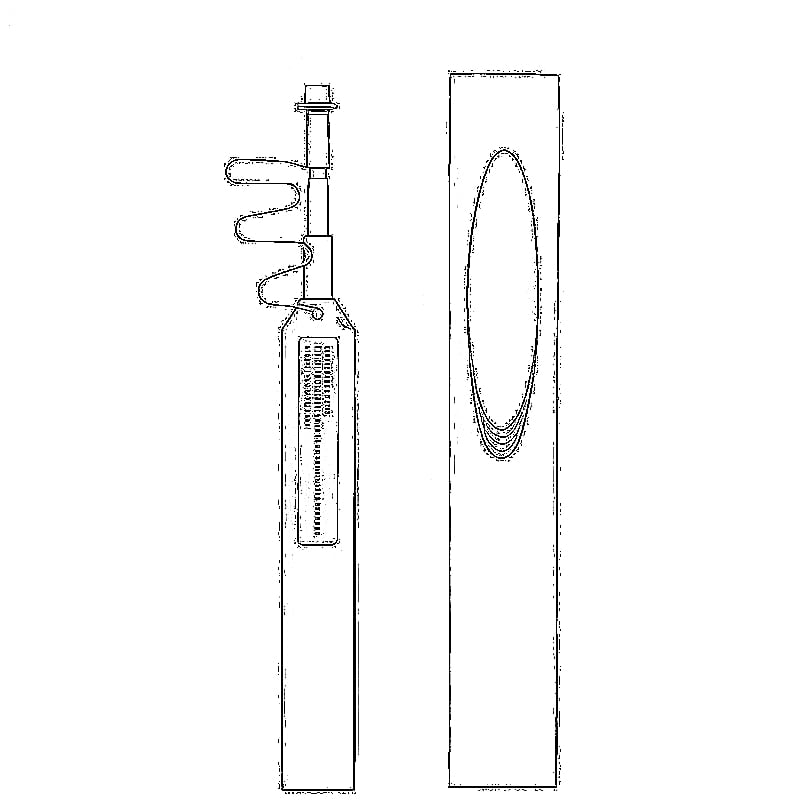
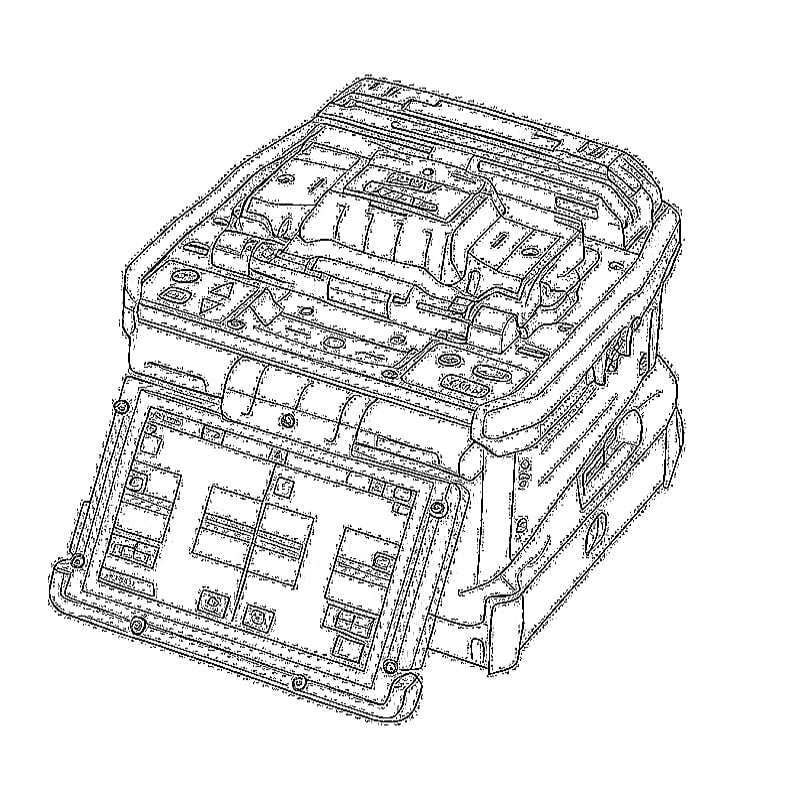
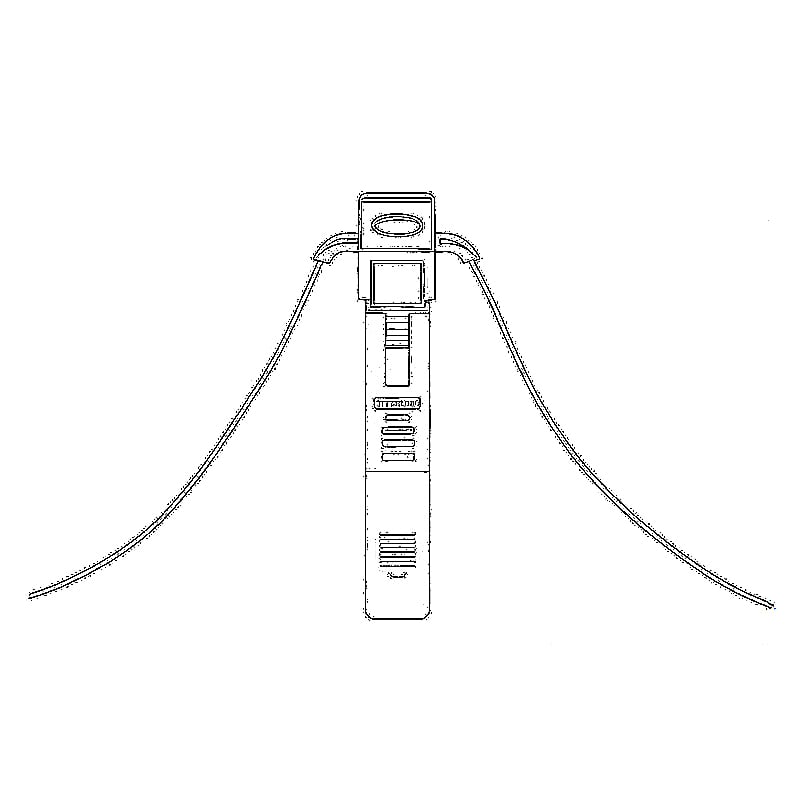
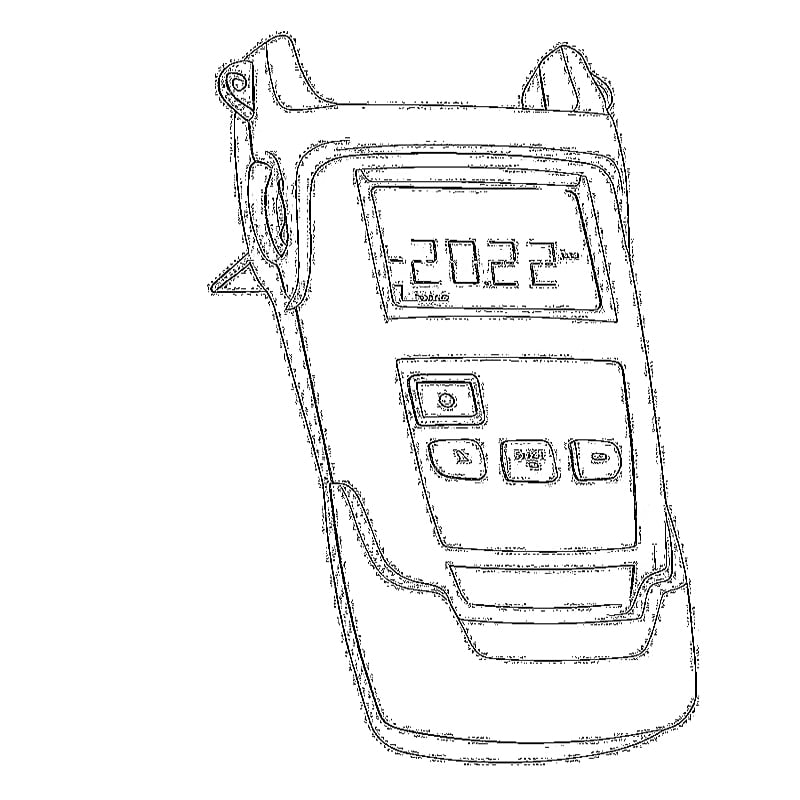
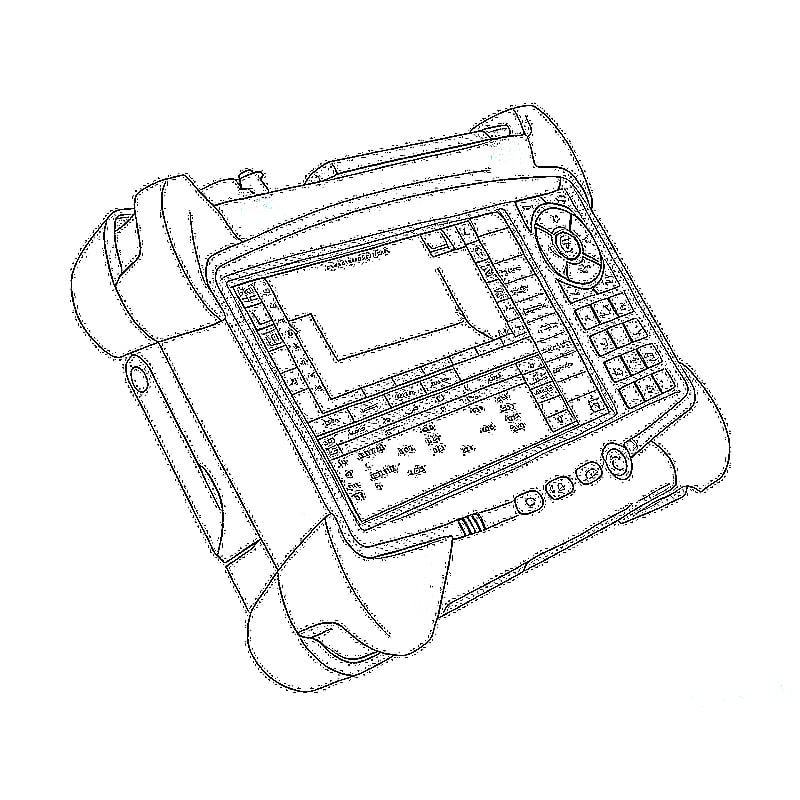
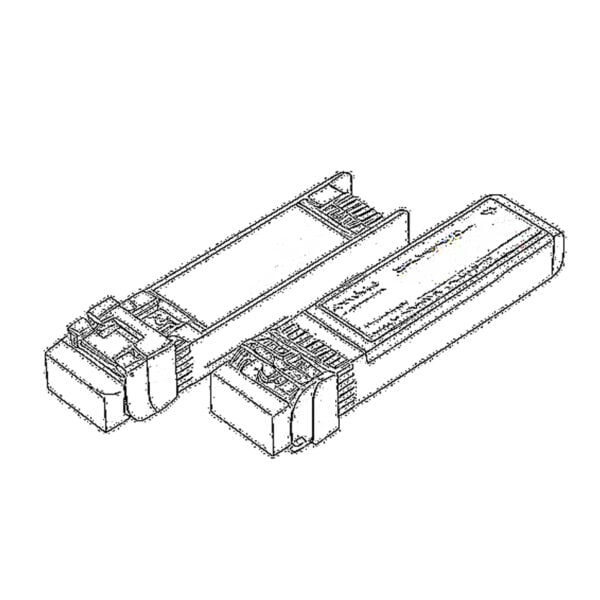 SFP/SFP+ (1G/2.5G/5G/10G)
SFP/SFP+ (1G/2.5G/5G/10G)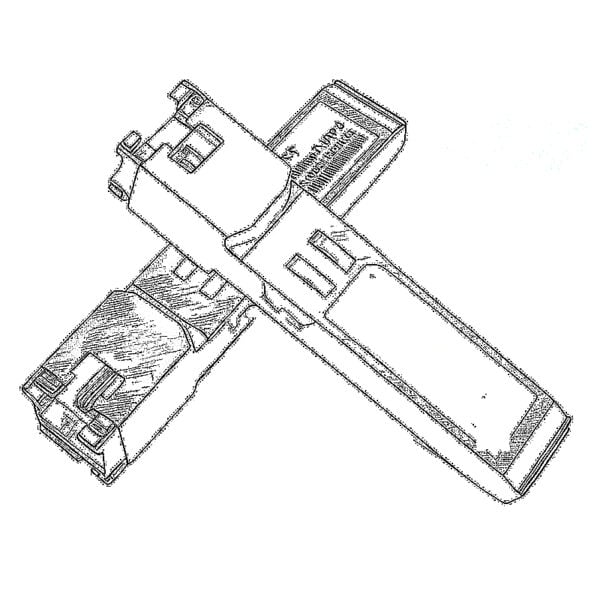 SFP-T (1G/2.5G/10G)
SFP-T (1G/2.5G/10G)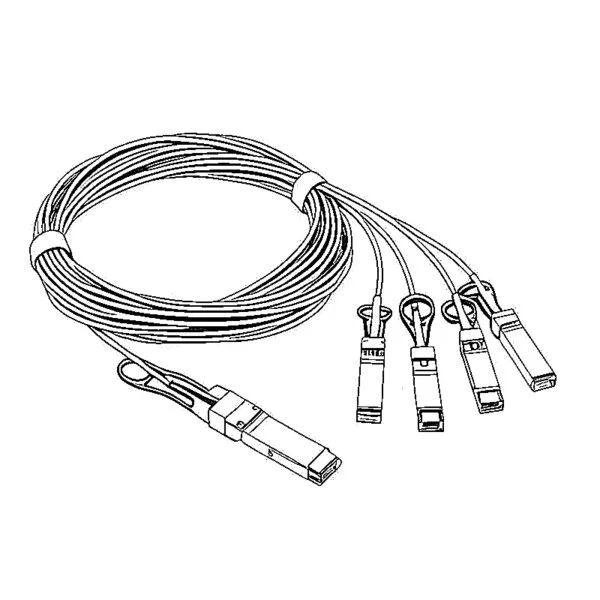 AOC Cable 10G/25G/40G/100G
AOC Cable 10G/25G/40G/100G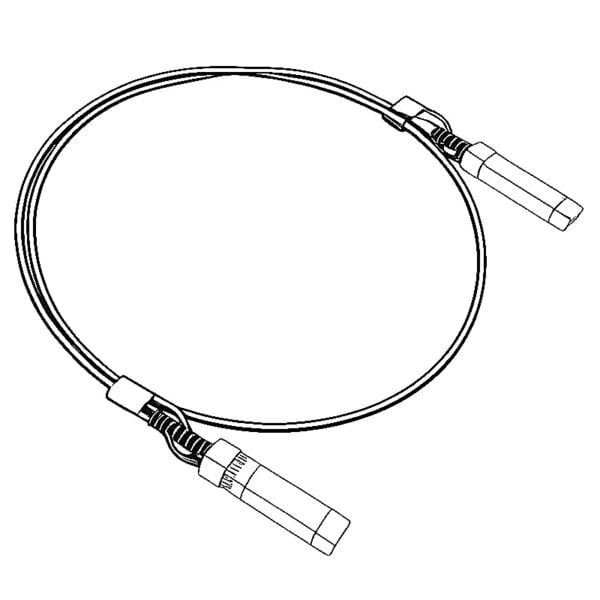 DAC Cable 10G/25G/40G/100G
DAC Cable 10G/25G/40G/100G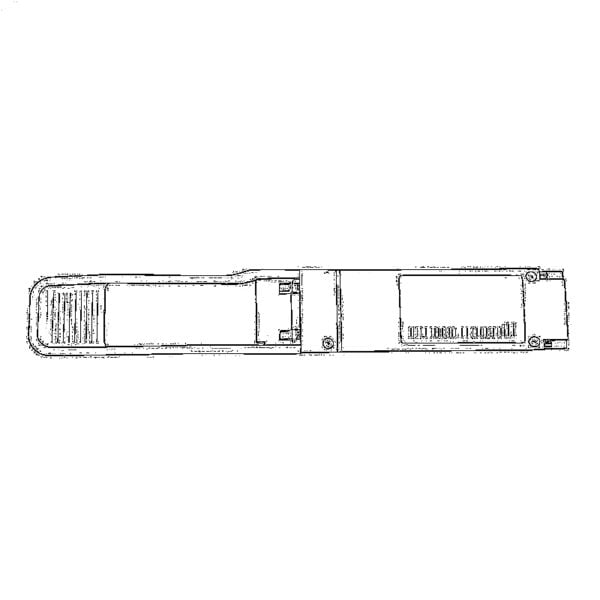 QSFP28 QSFP+ SFP28 100G/40G/25G
QSFP28 QSFP+ SFP28 100G/40G/25G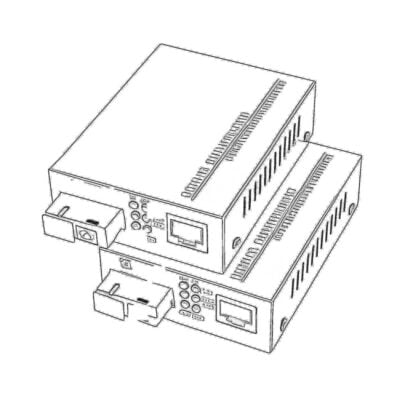 Copper to Fiber Media Converters
Copper to Fiber Media Converters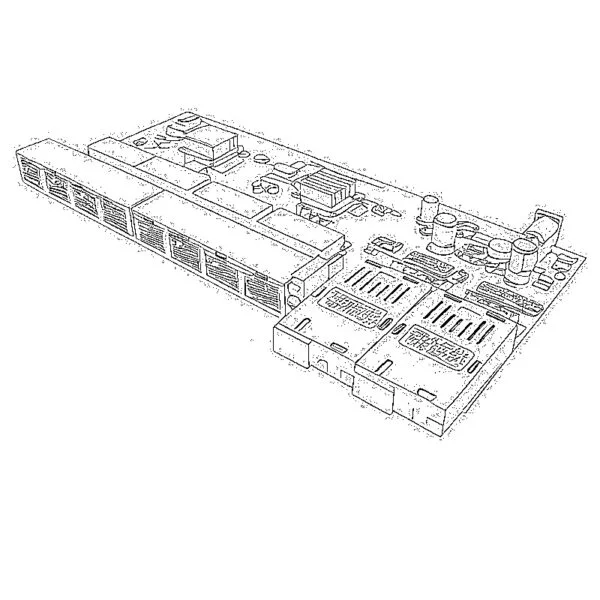 Fiber Media Converter PCBA Board
Fiber Media Converter PCBA Board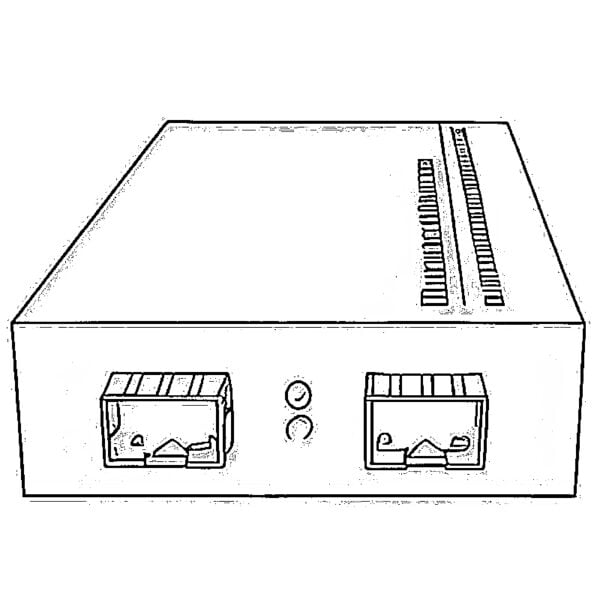 OEO Fiber Media Converters
OEO Fiber Media Converters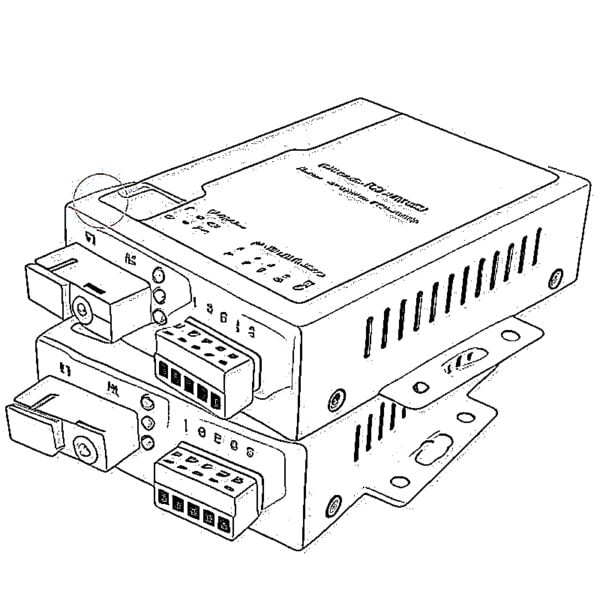 Serial to Fiber Media Converters
Serial to Fiber Media Converters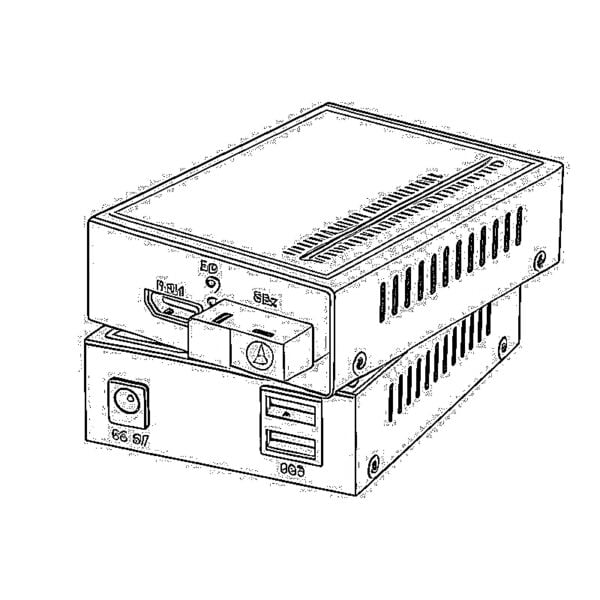 Video to Fiber Media Converters
Video to Fiber Media Converters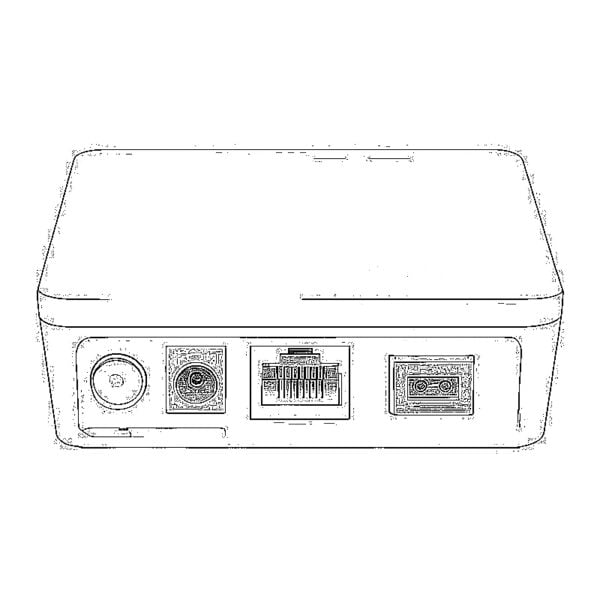 1000M GPON/EPON ONU
1000M GPON/EPON ONU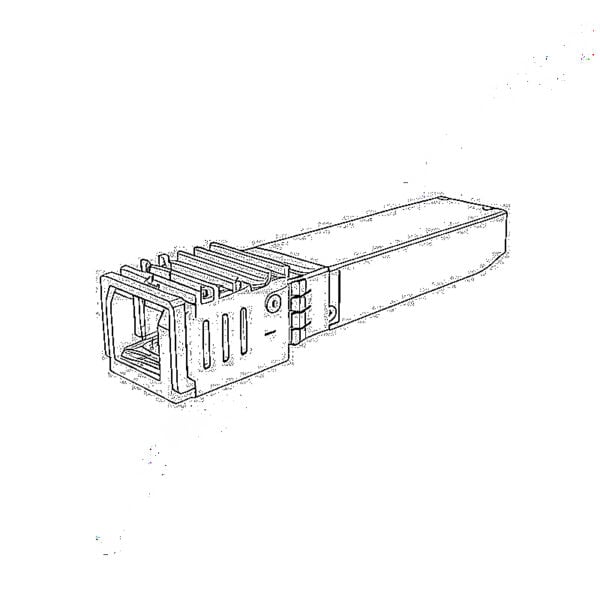 10G EPON ONU/XG-PON/XGS-PON
10G EPON ONU/XG-PON/XGS-PON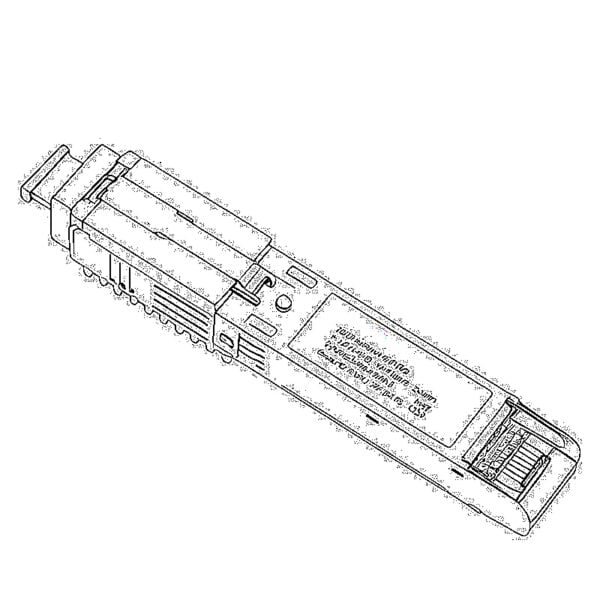 2.5G GPON/XPON STICK SFP ONU
2.5G GPON/XPON STICK SFP ONU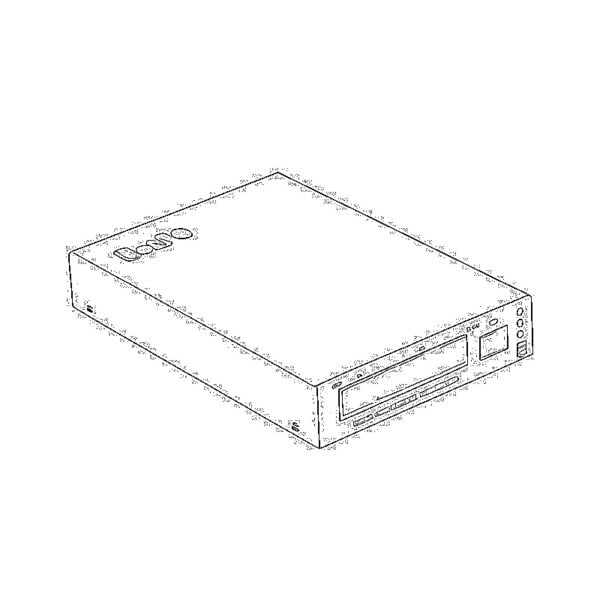 POE GPON/EPON ONU
POE GPON/EPON ONU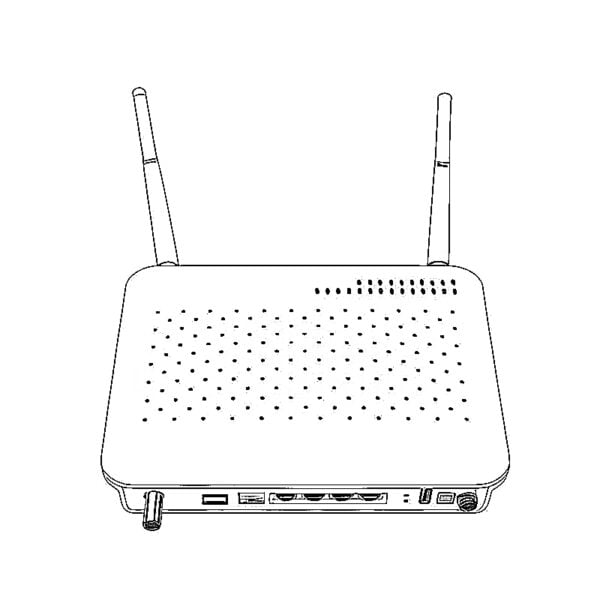 Wireless GPON/EPON ONT
Wireless GPON/EPON ONT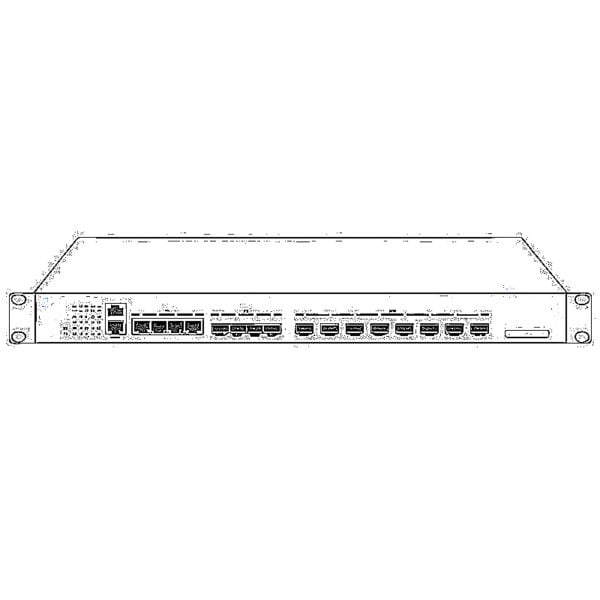 EPON OLT
EPON OLT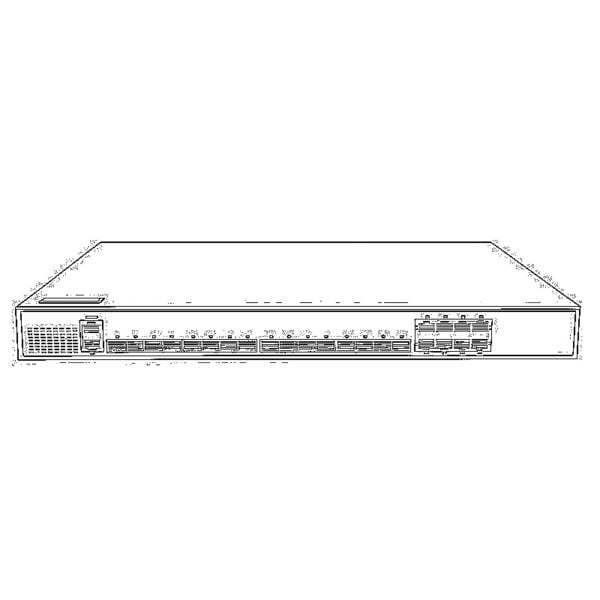 GPON OLT
GPON OLT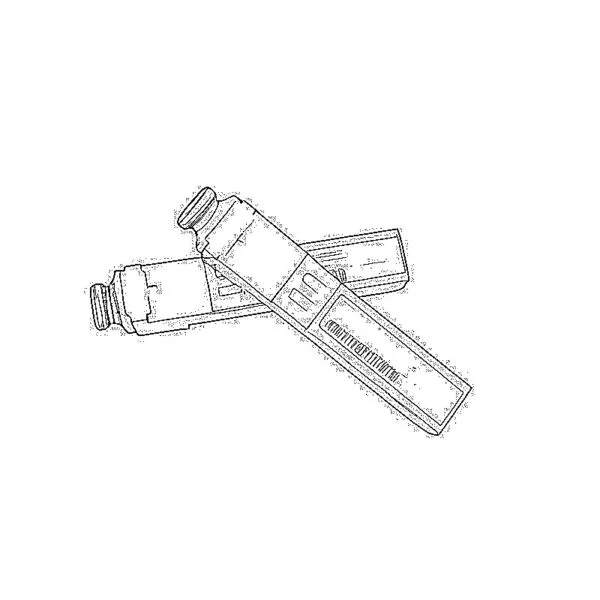 SFP PON Module
SFP PON Module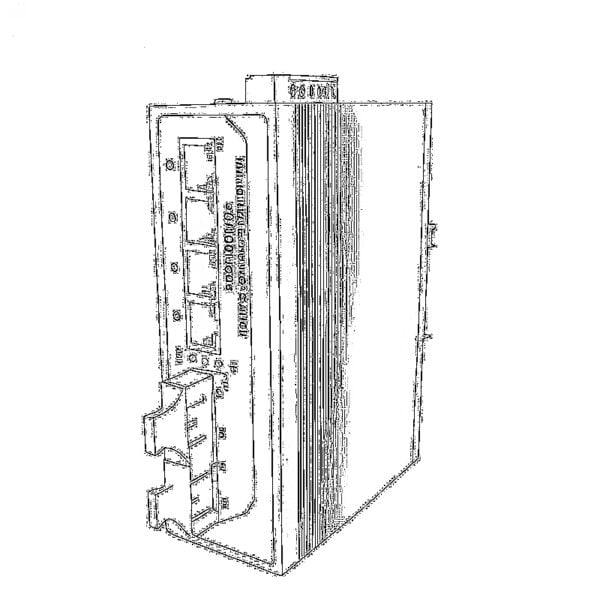 Industrial Switches
Industrial Switches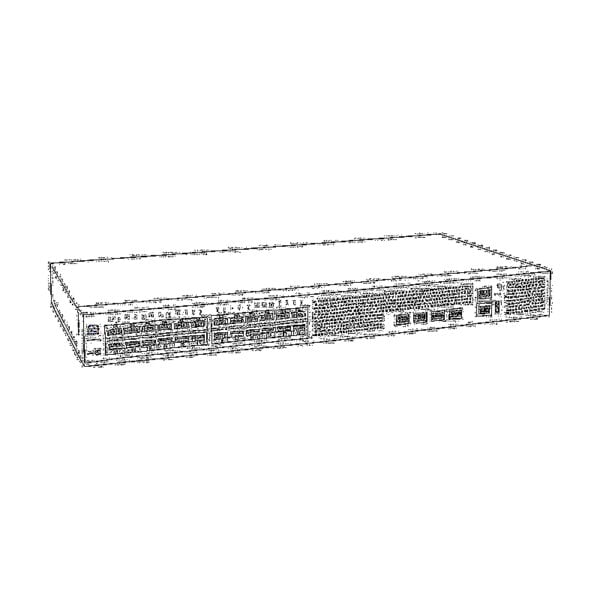 Managed Switches
Managed Switches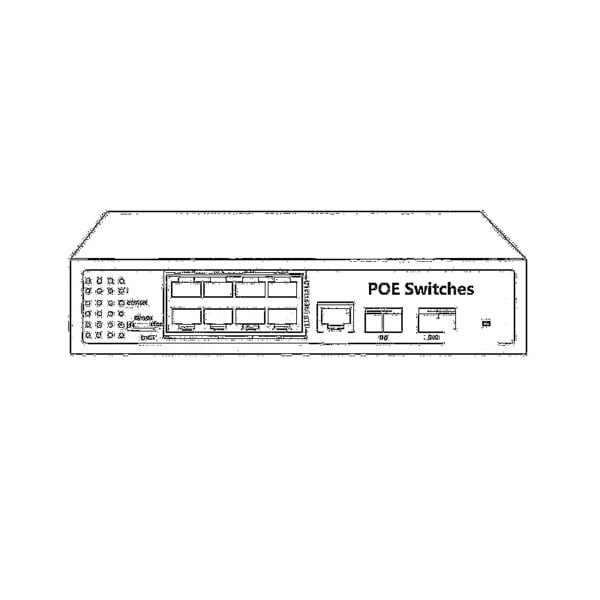 POE Switches
POE Switches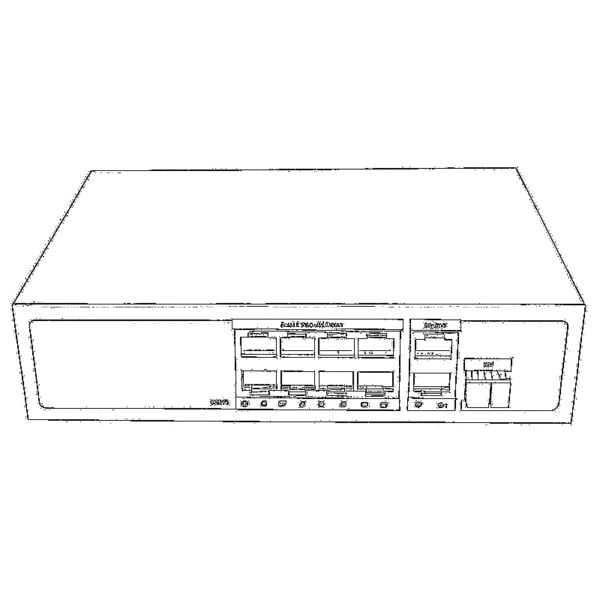 Unmanaged Switches
Unmanaged Switches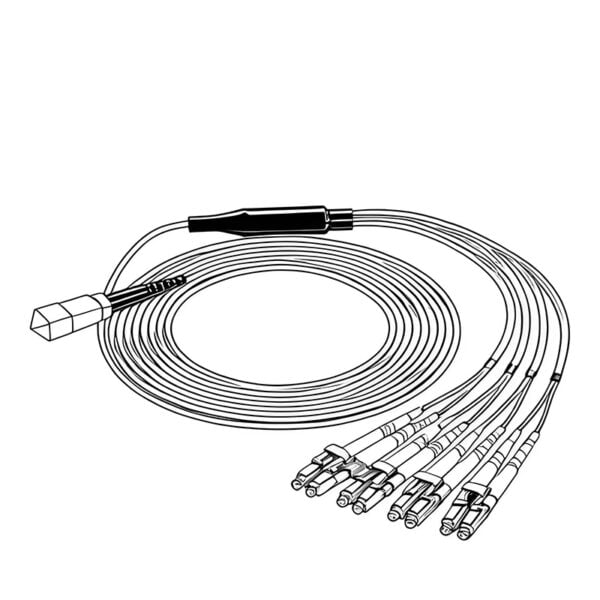 MTP/MPO Fiber Cables
MTP/MPO Fiber Cables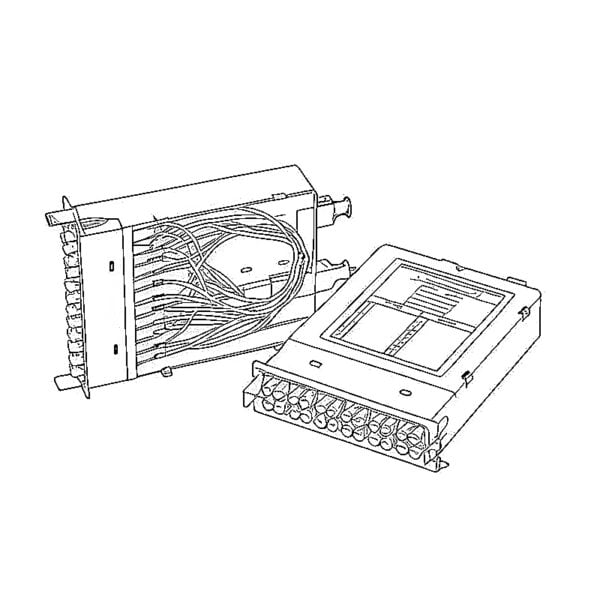 Fiber Optic Cassettes
Fiber Optic Cassettes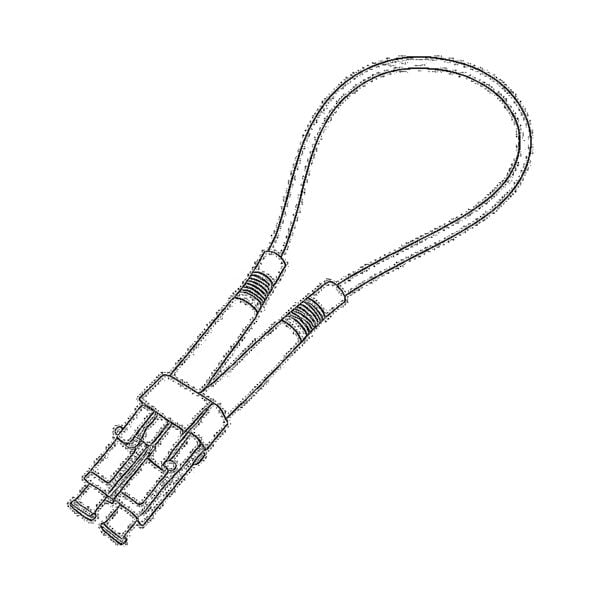 Fiber Optic Loopback
Fiber Optic Loopback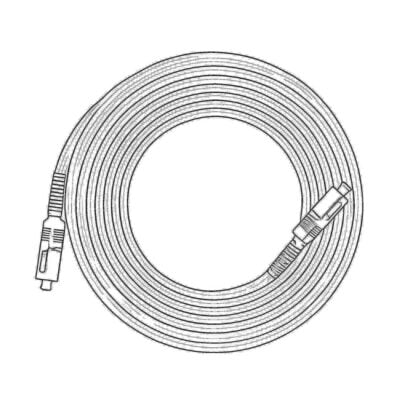 Optic Cables and Fiber Pigtails
Optic Cables and Fiber Pigtails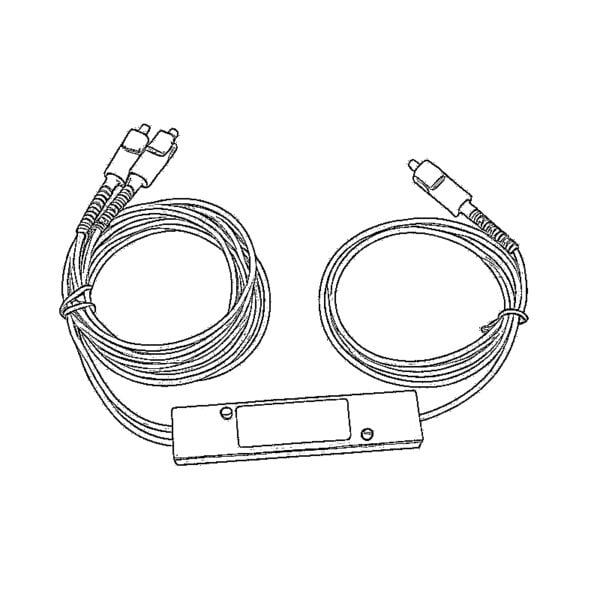 Optical Splitters and Splitter Box
Optical Splitters and Splitter Box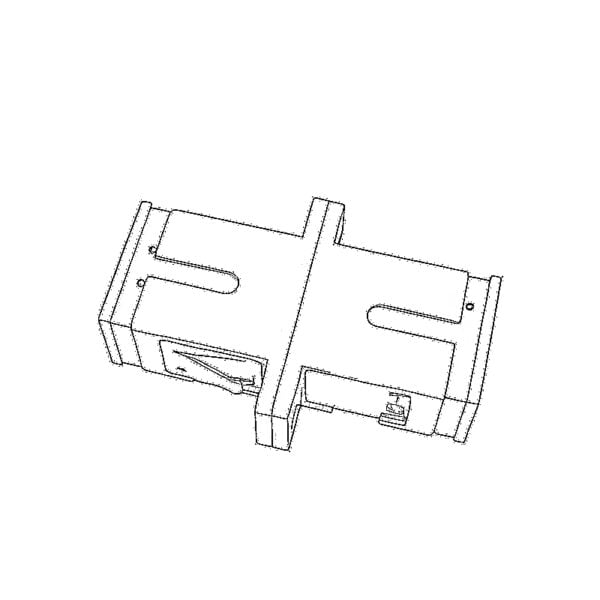 Fiber Flange Connectors
Fiber Flange Connectors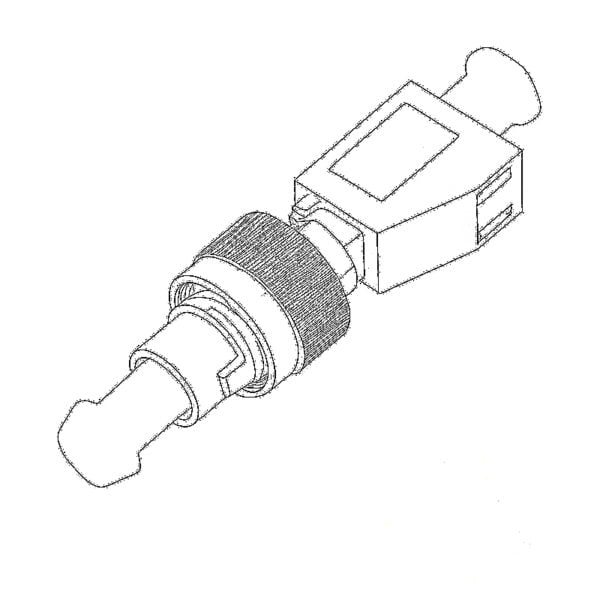 Optical Adapters
Optical Adapters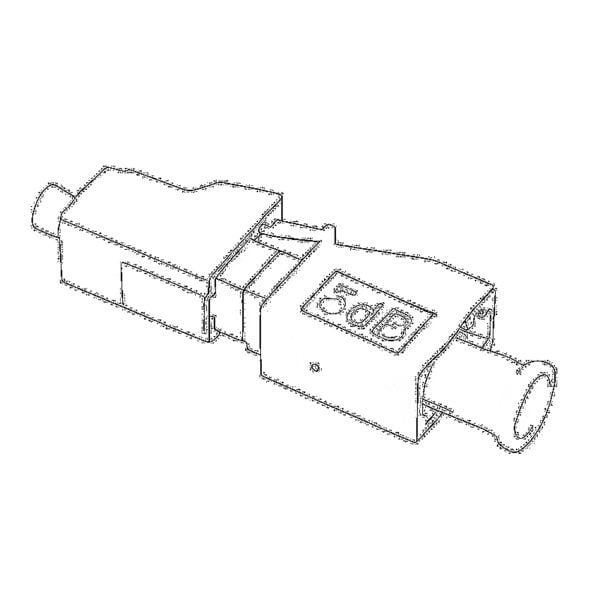 Optical Attenuator
Optical Attenuator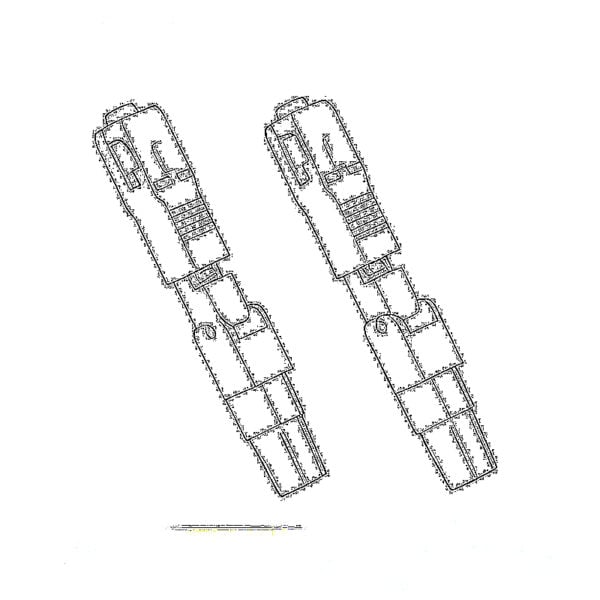 Quick Connector and Connector Panel
Quick Connector and Connector Panel CATV Amplifier
CATV Amplifier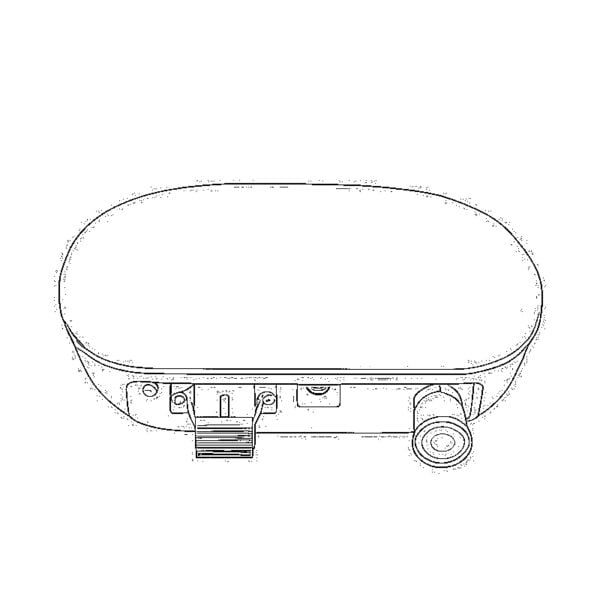 CATV Optical Receiver
CATV Optical Receiver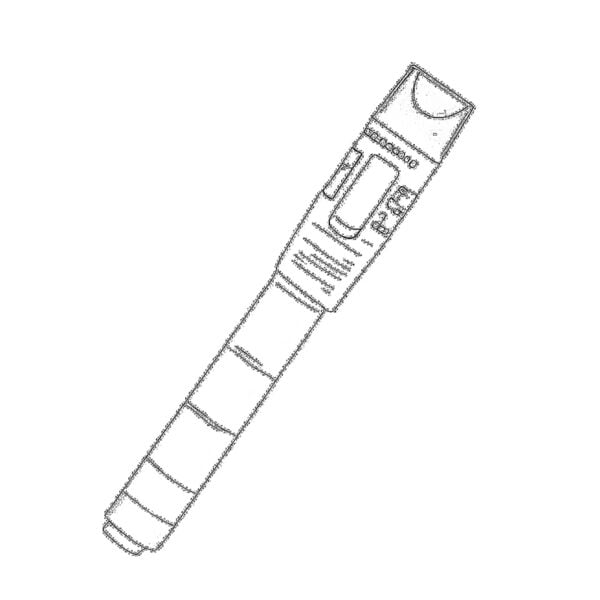 Visual Fault Locator
Visual Fault Locator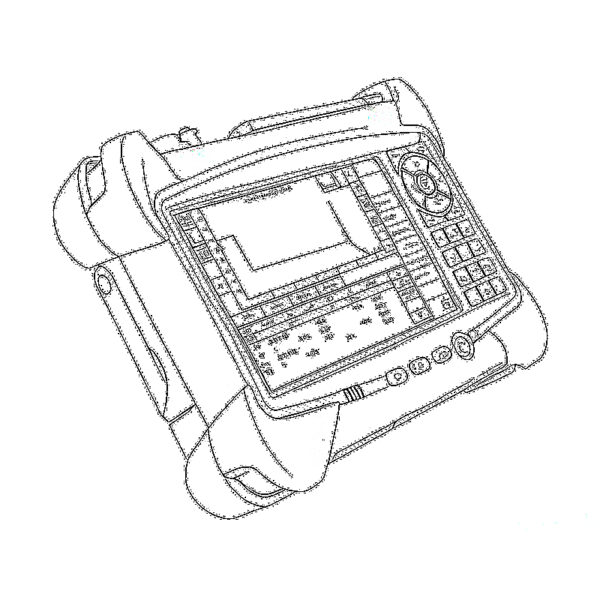 OTDR
OTDR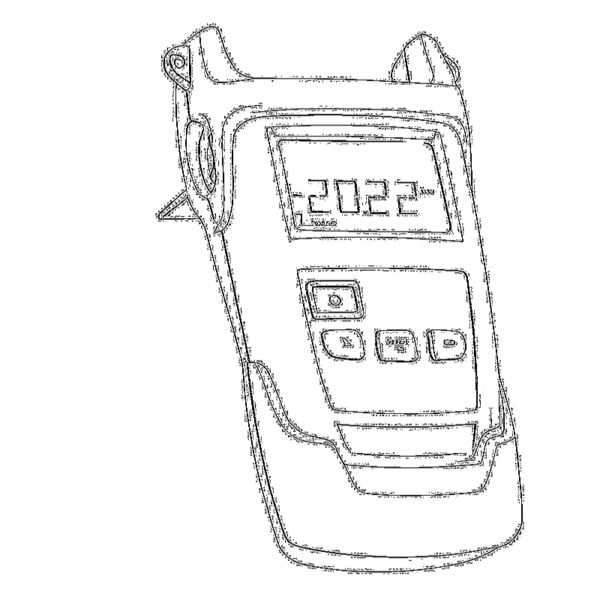 Optical Power Meter
Optical Power Meter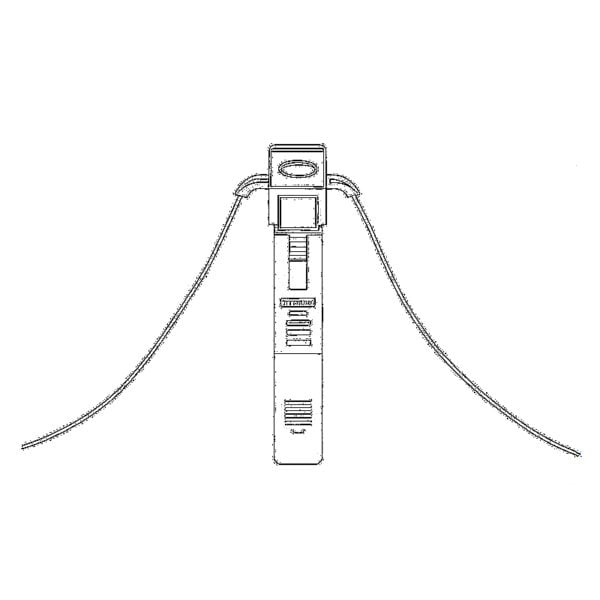 Fiber Optic Identifier
Fiber Optic Identifier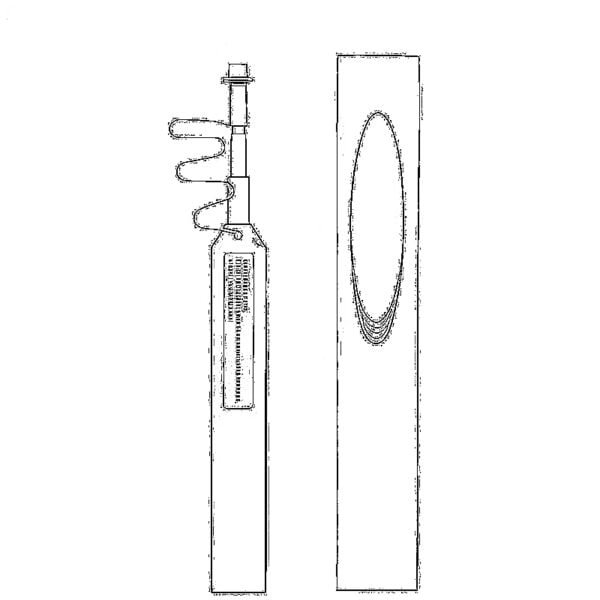 Fiber Optic Cleaners
Fiber Optic Cleaners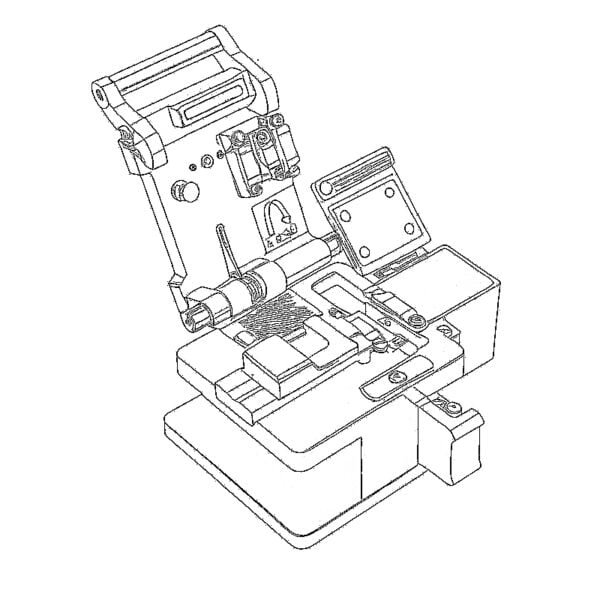 Fiber Cleavers & Fiber Strippers
Fiber Cleavers & Fiber Strippers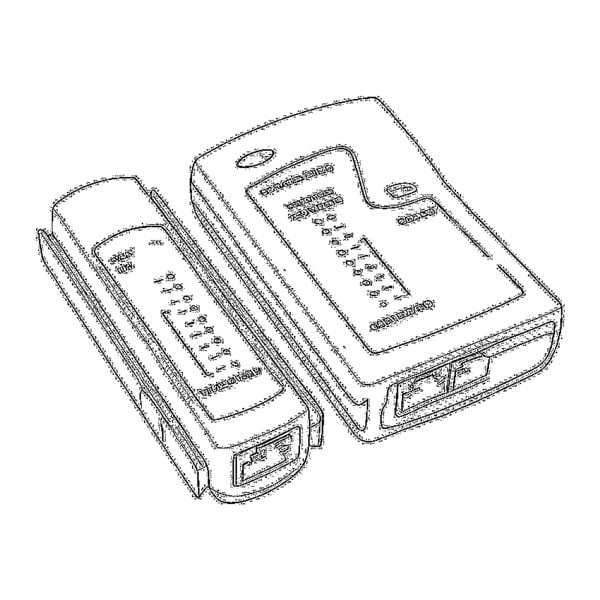 Copper Tools
Copper Tools